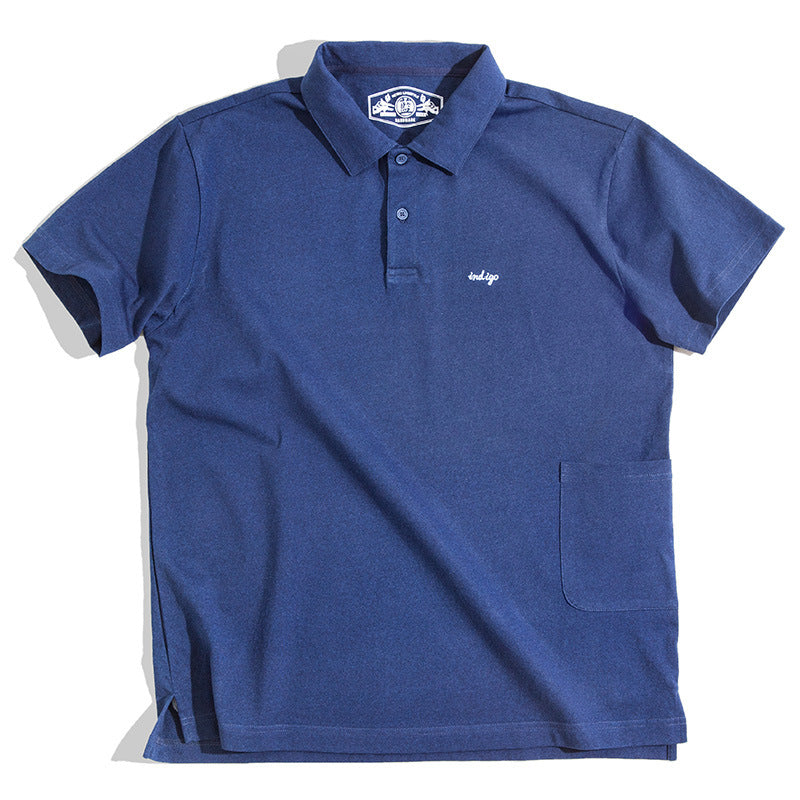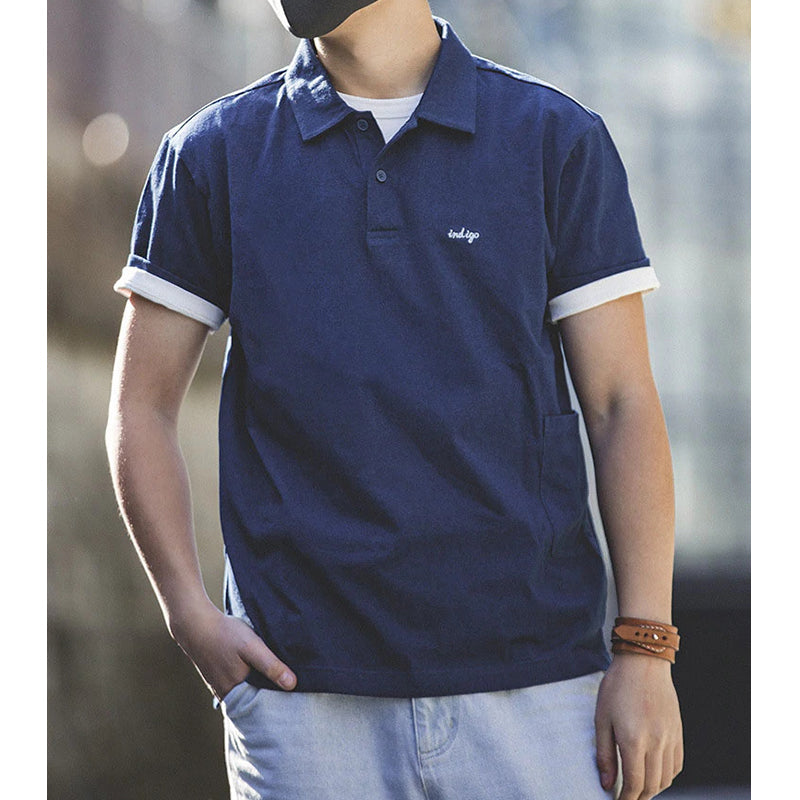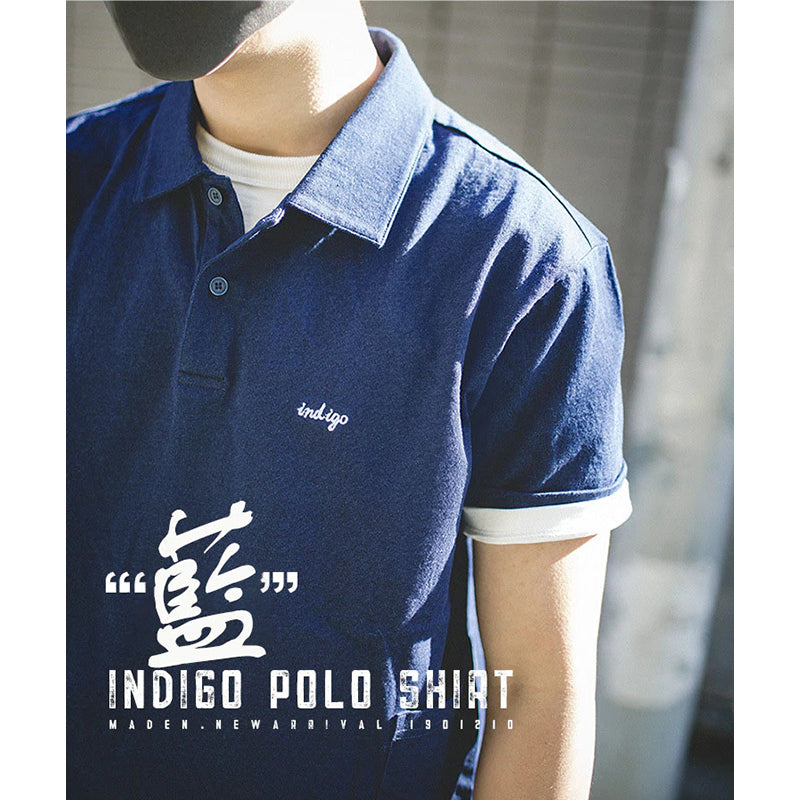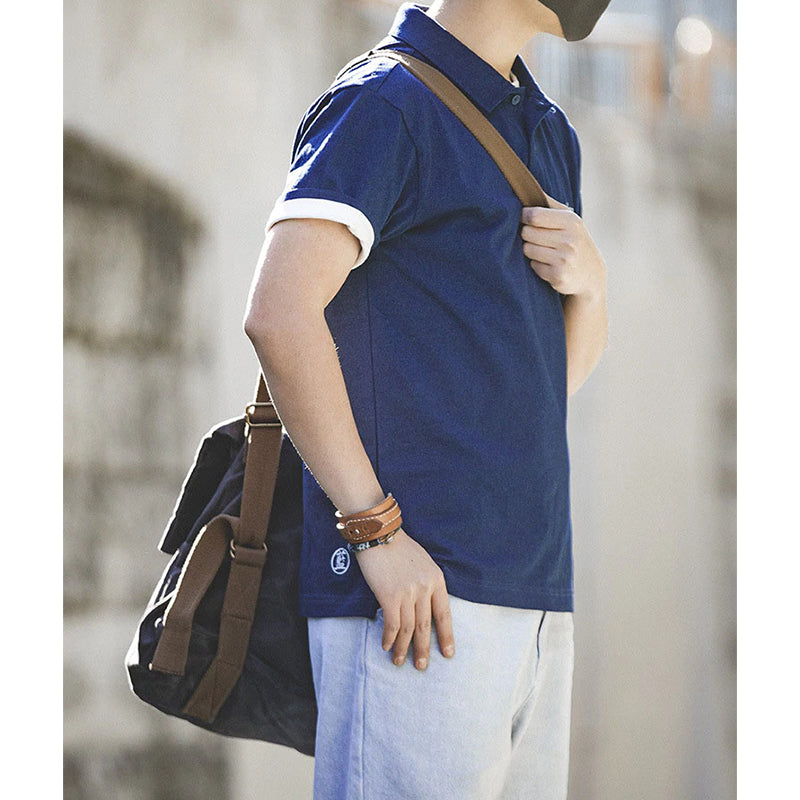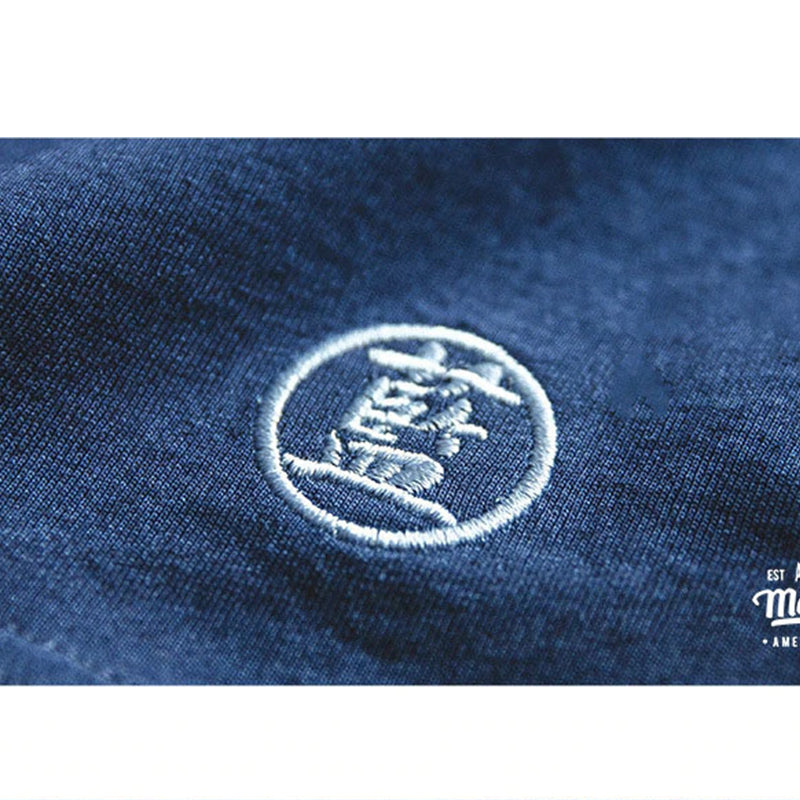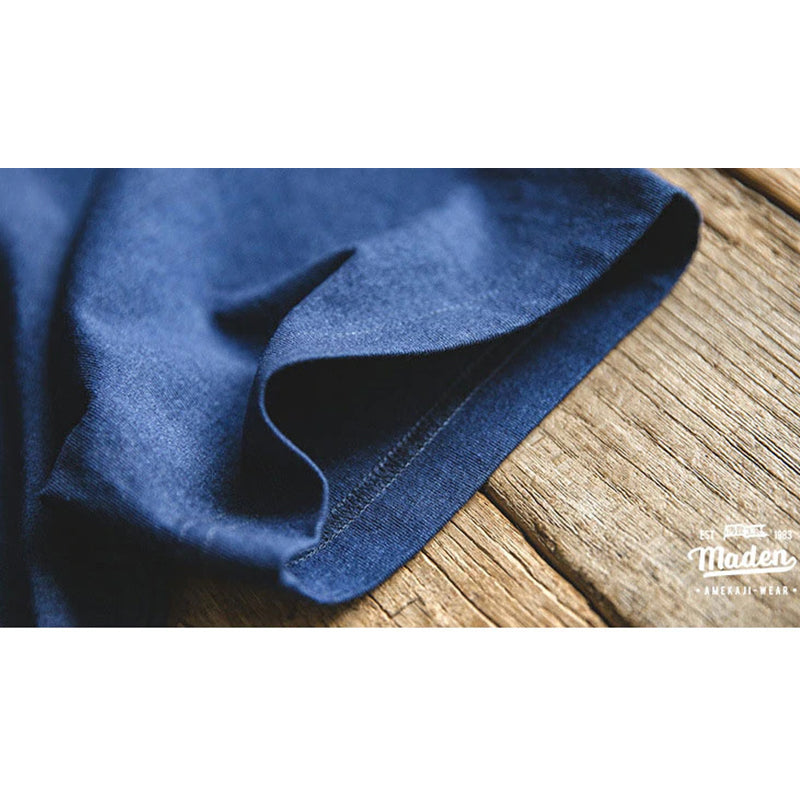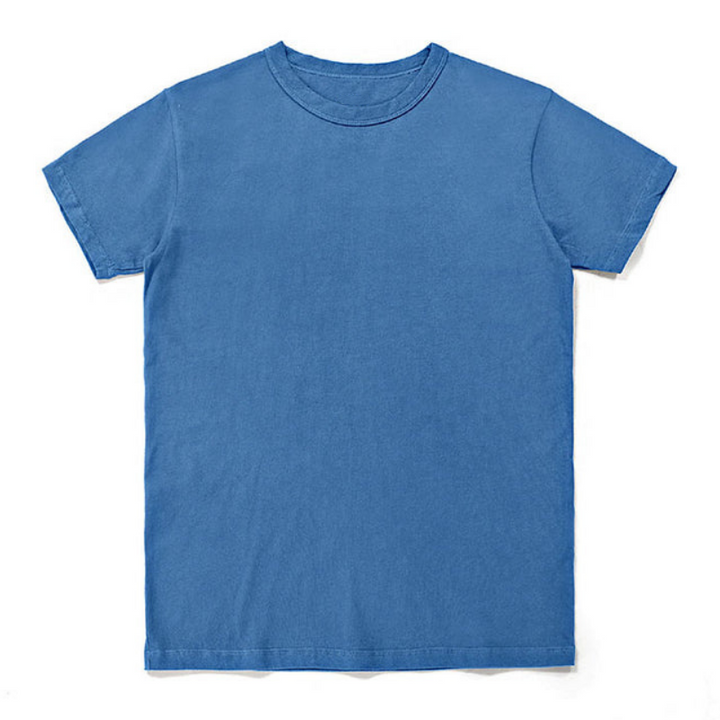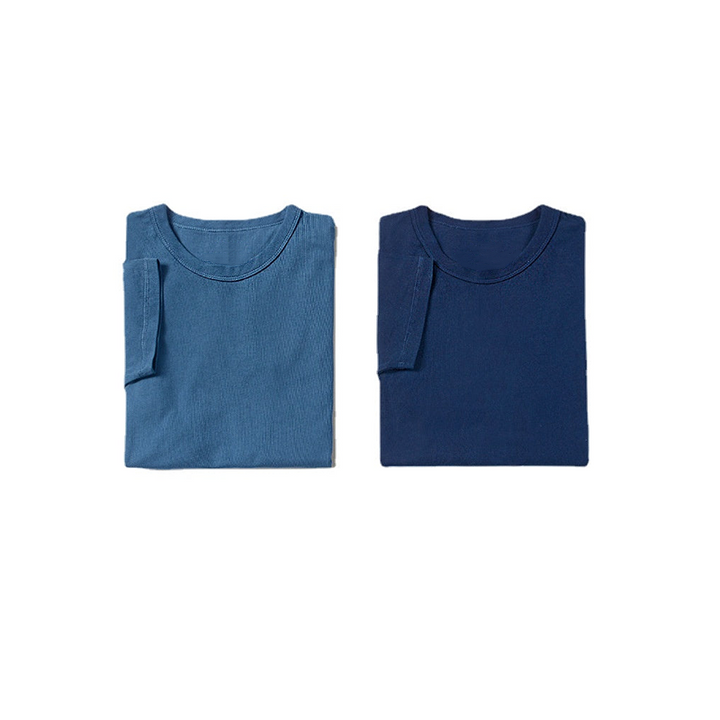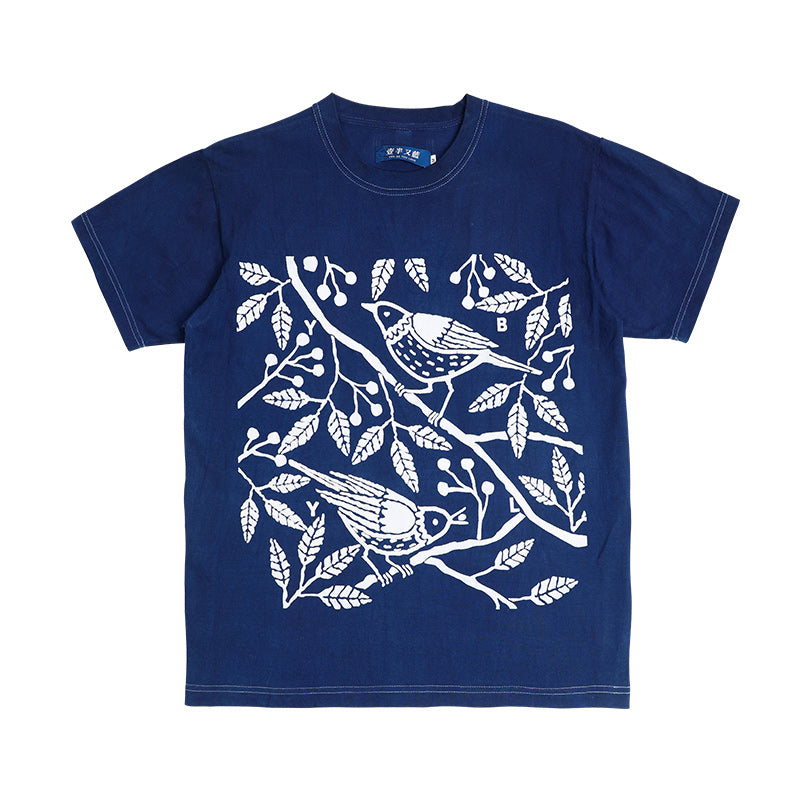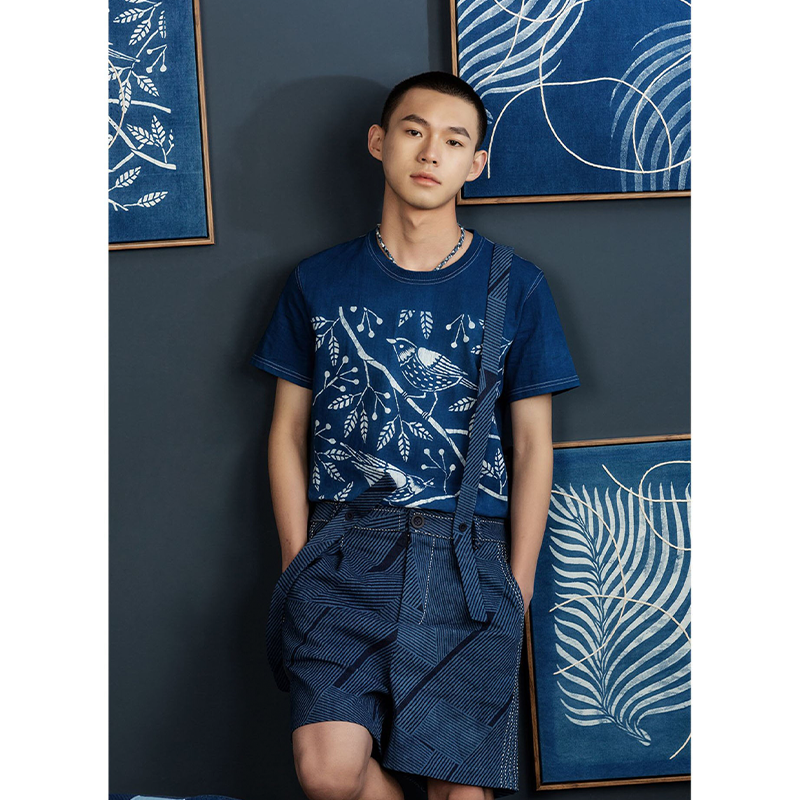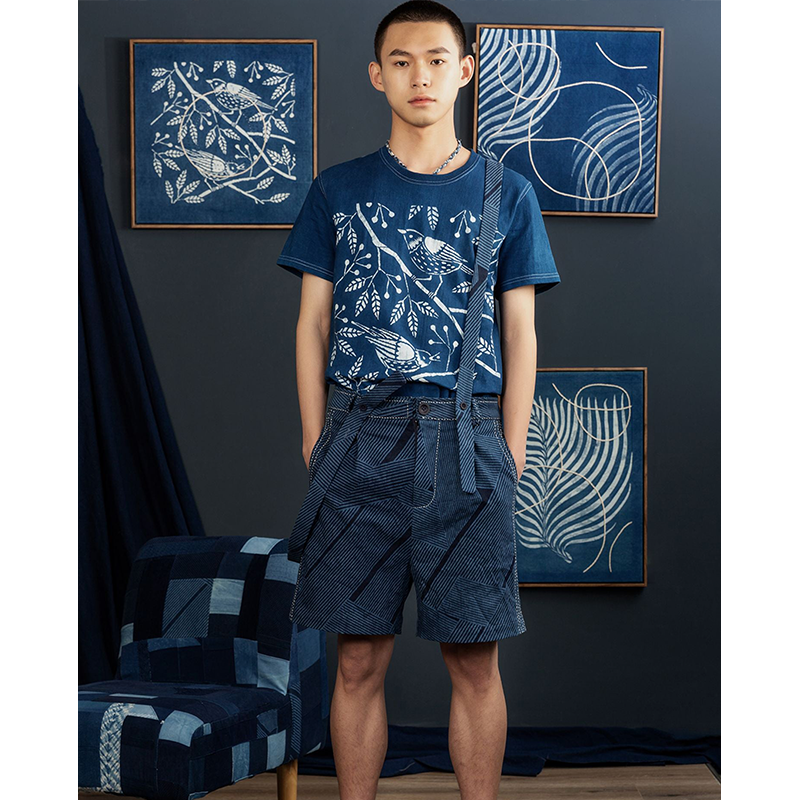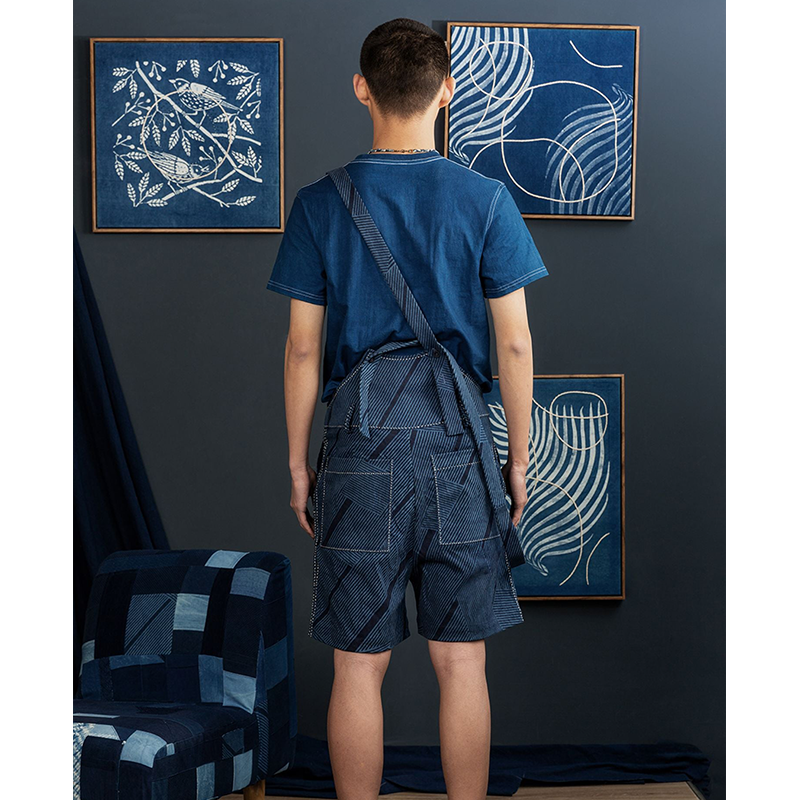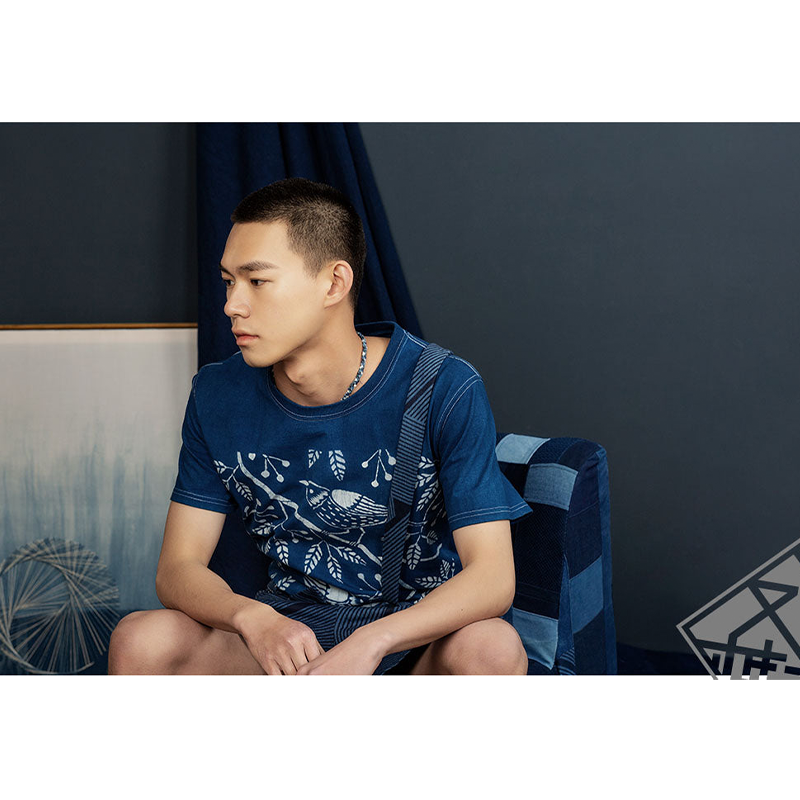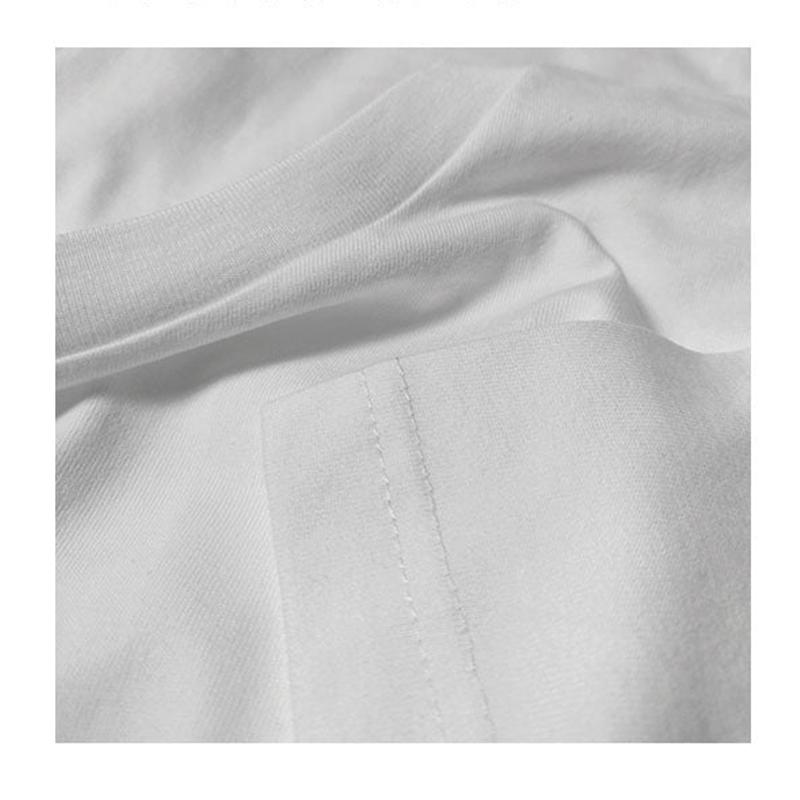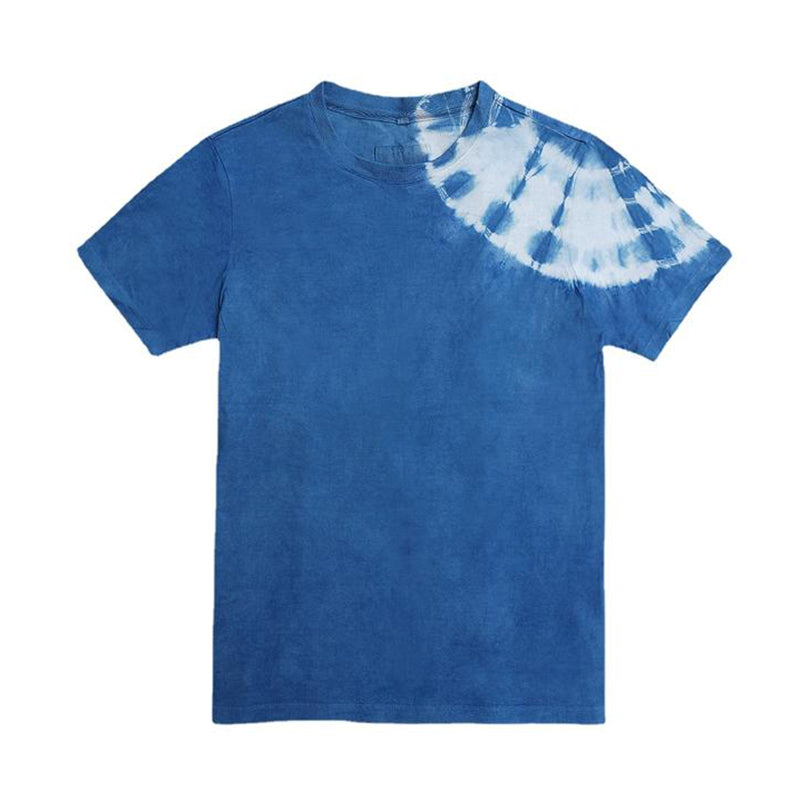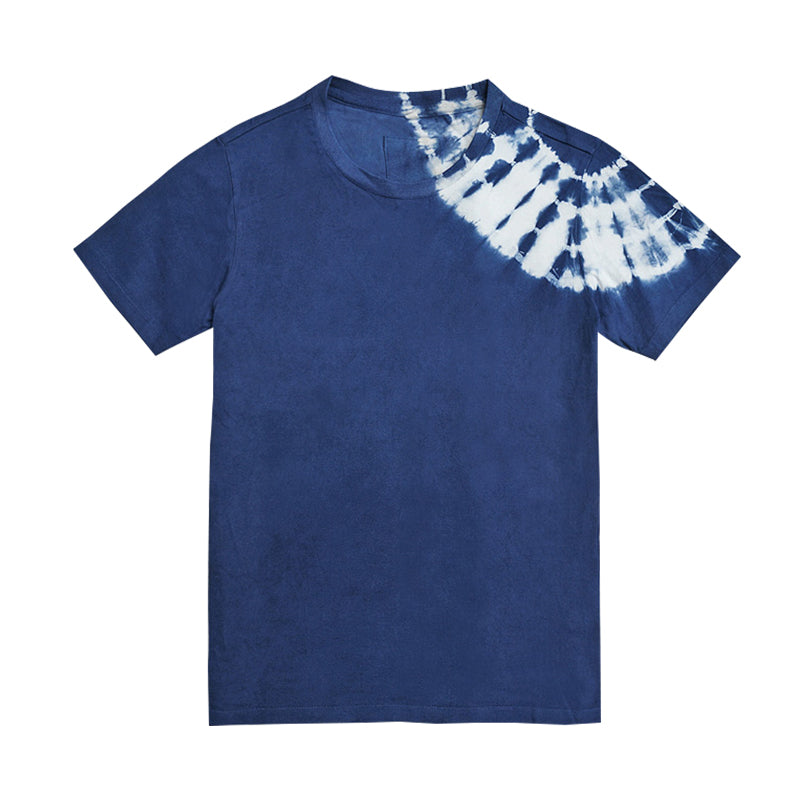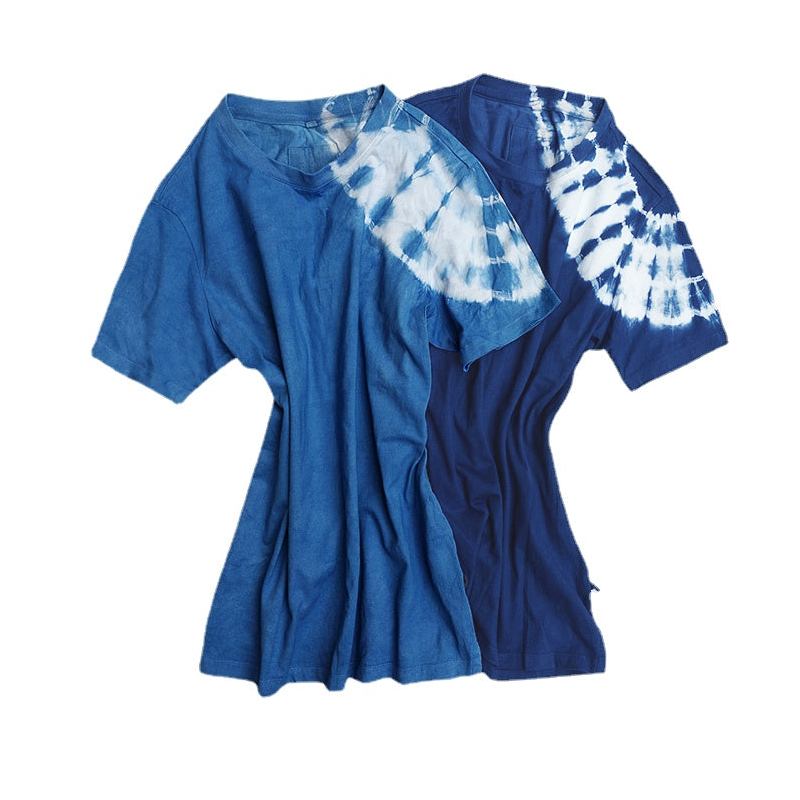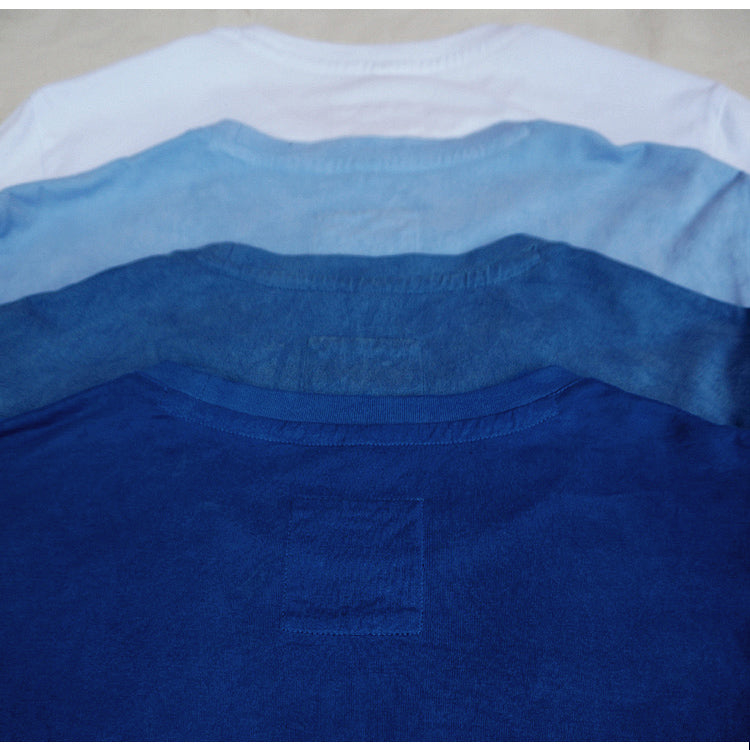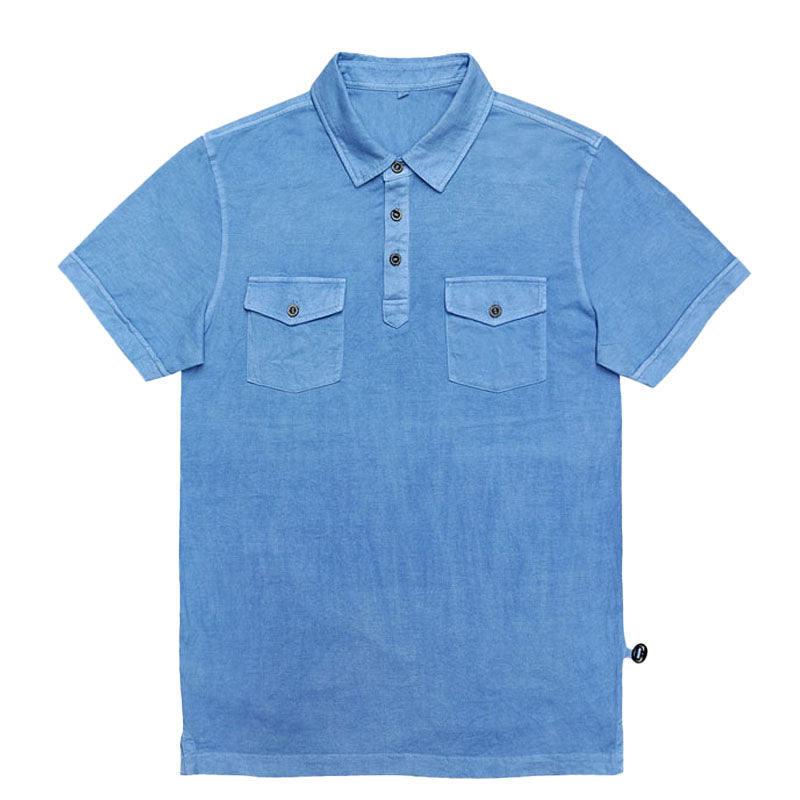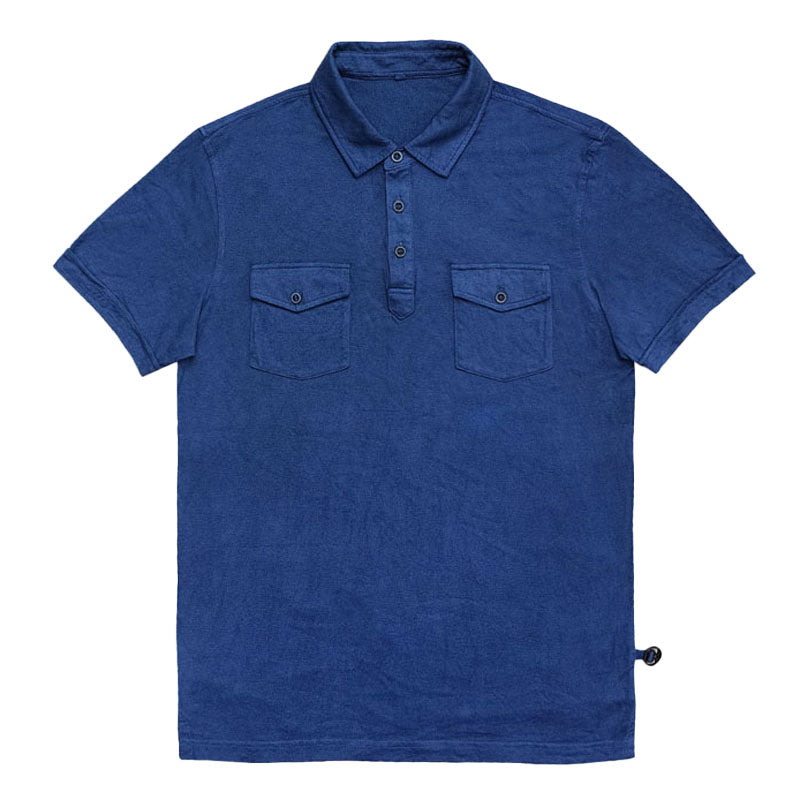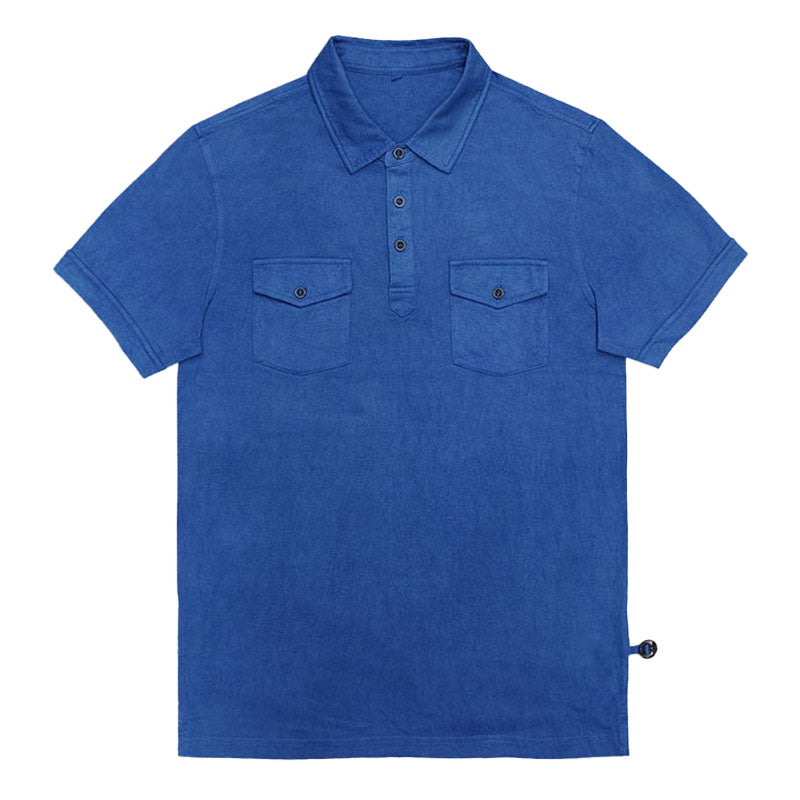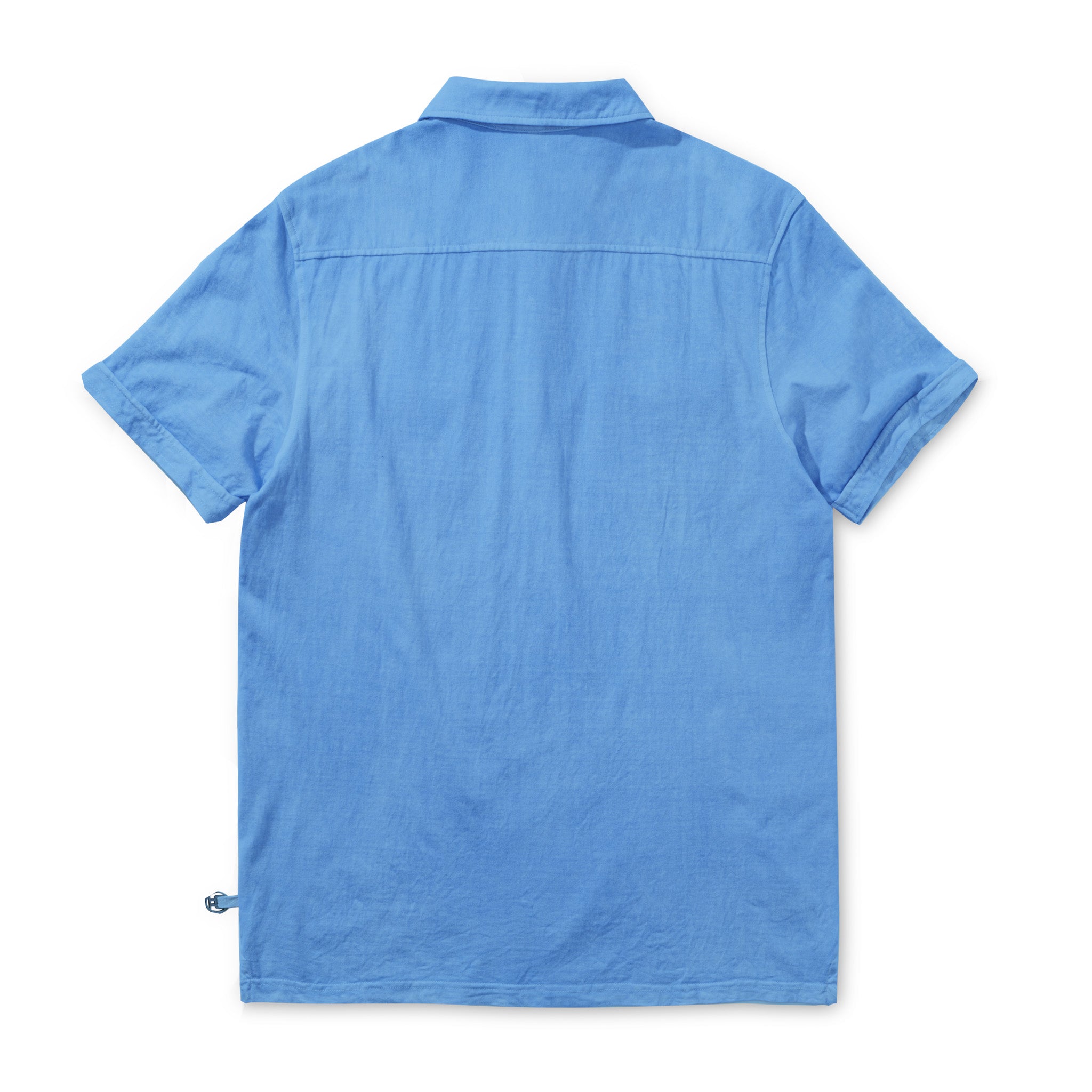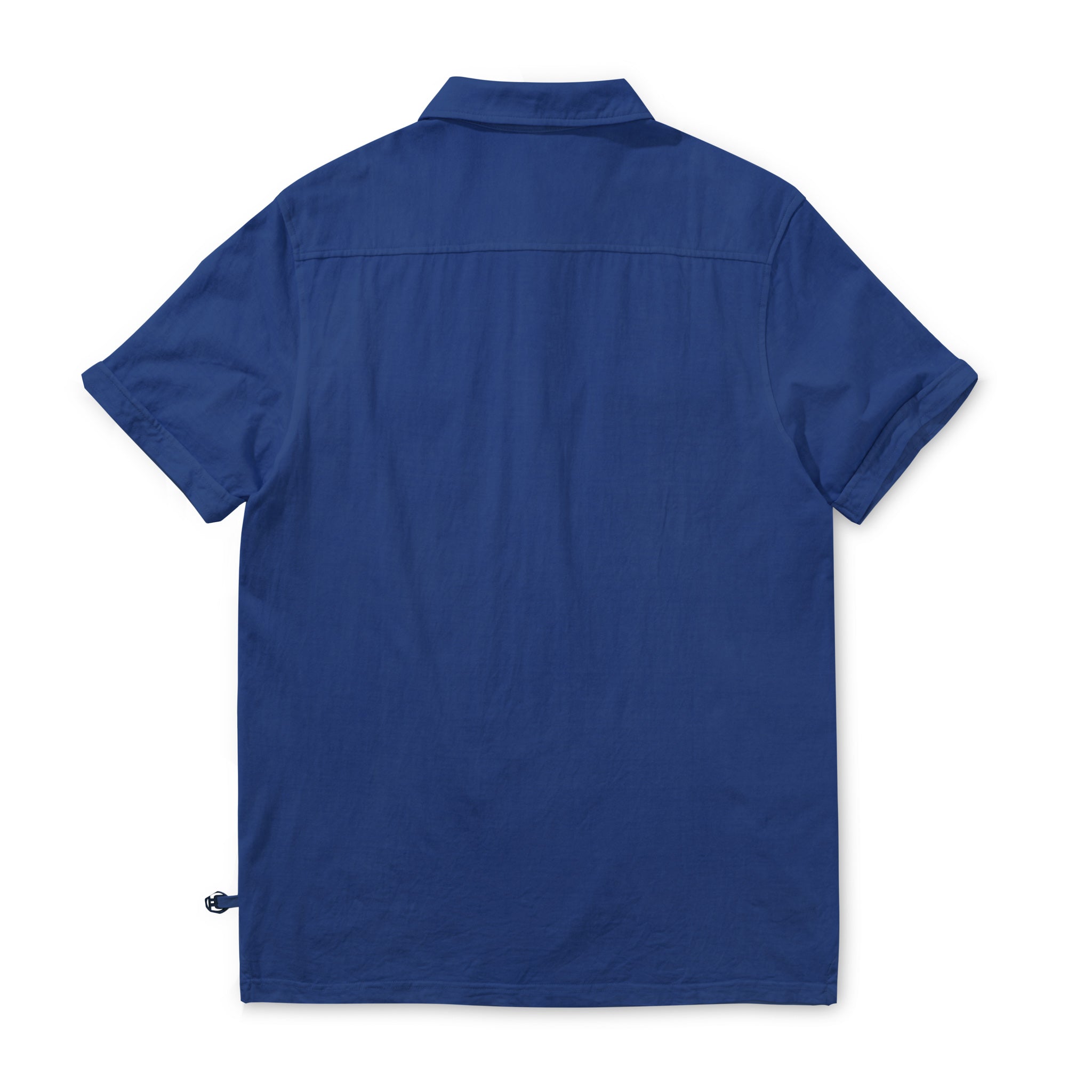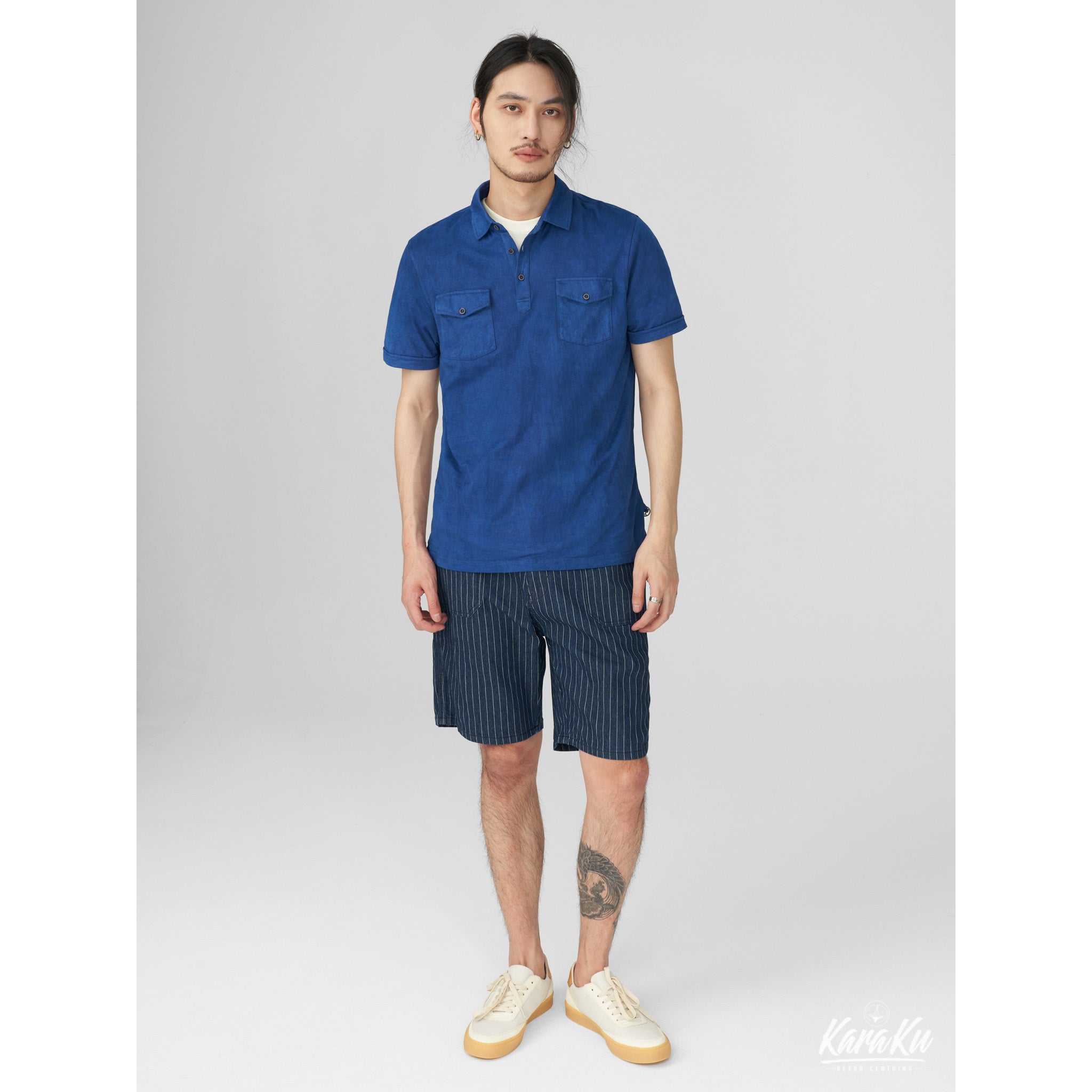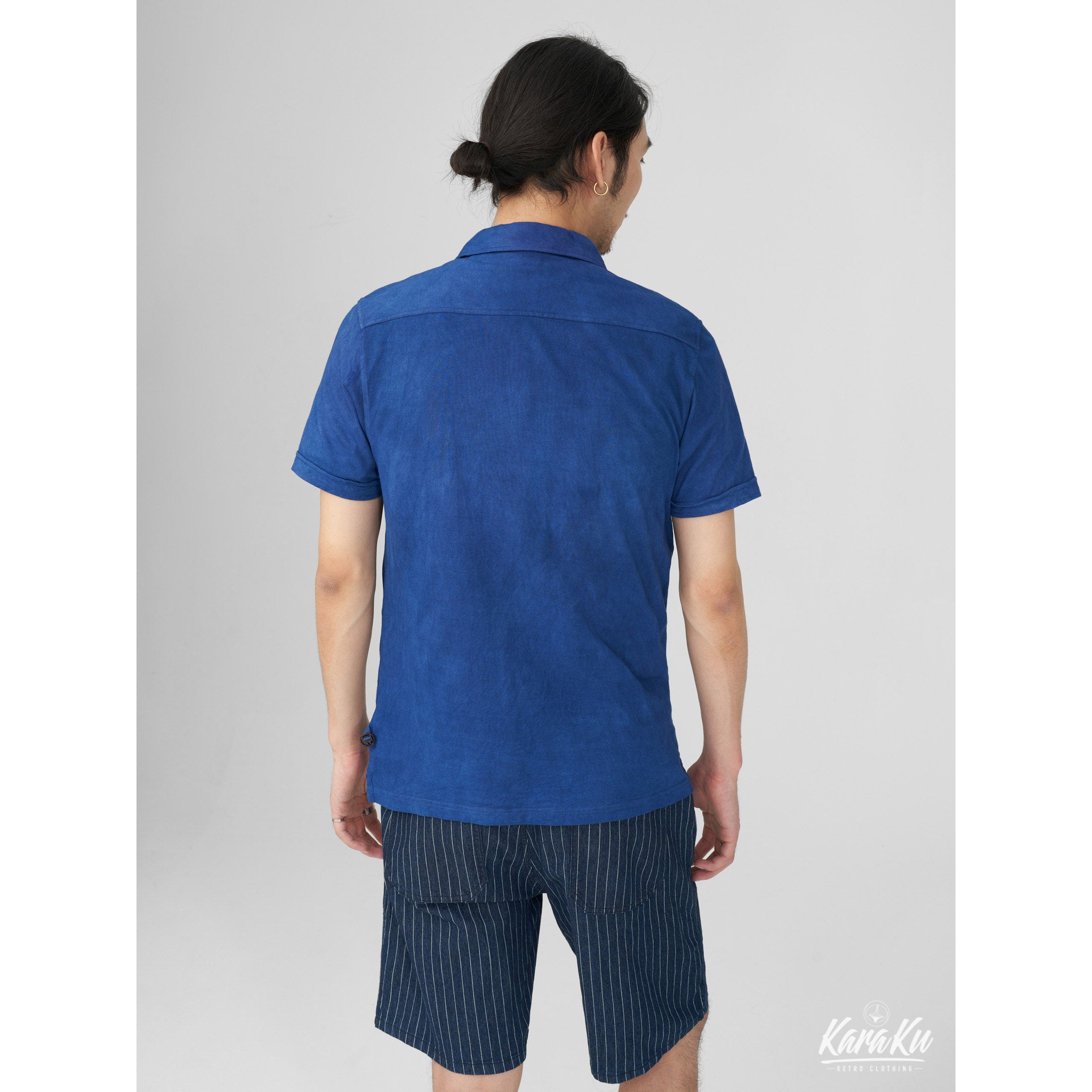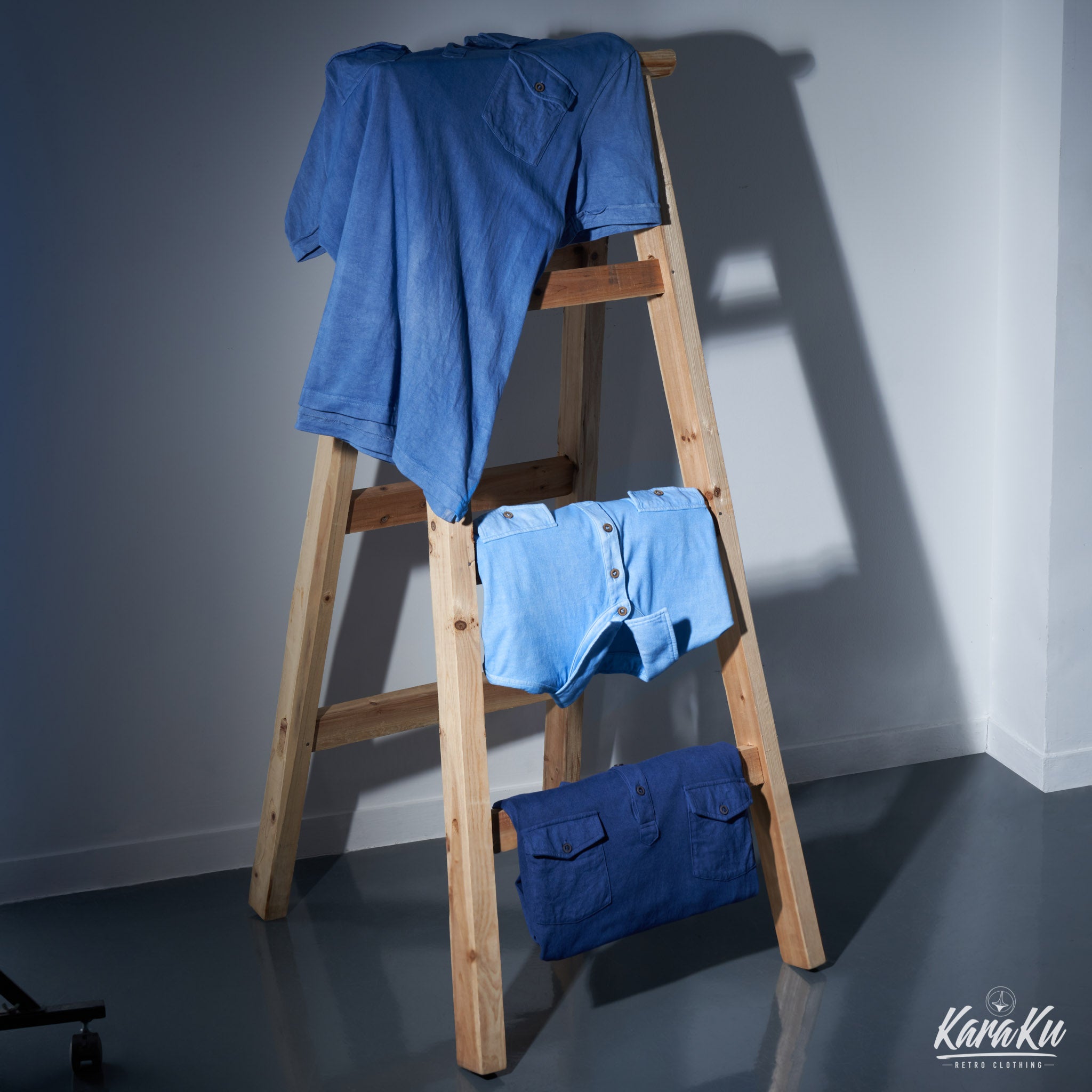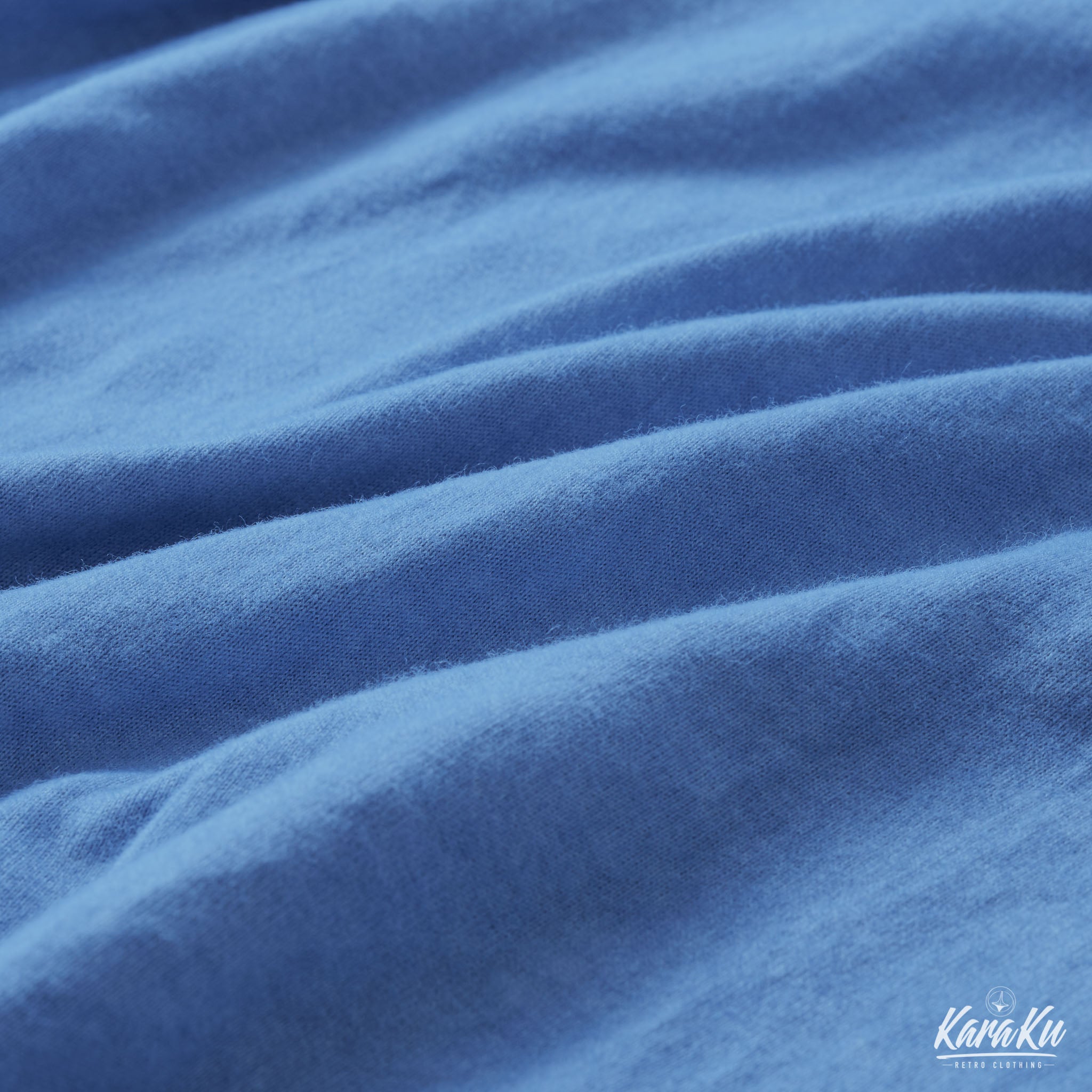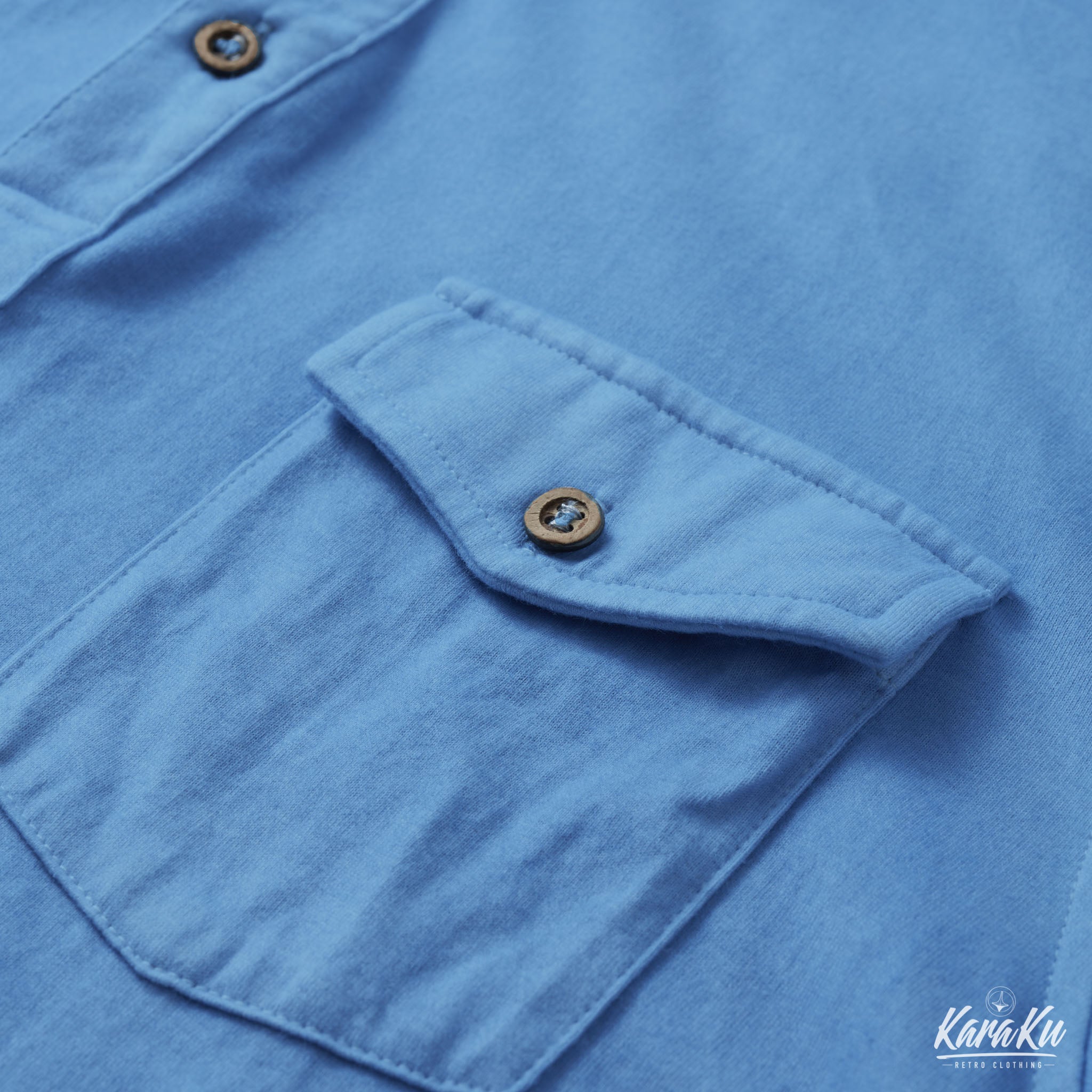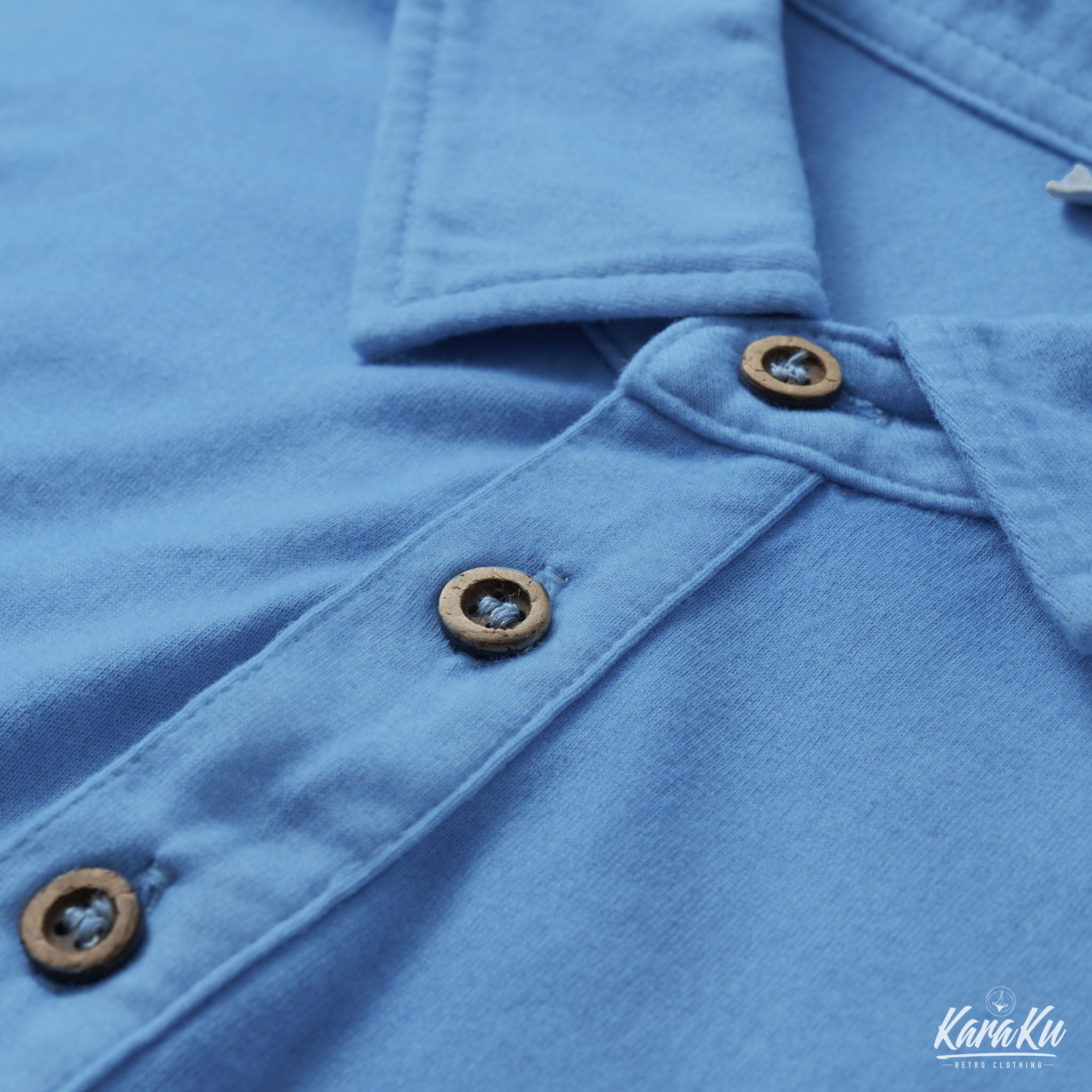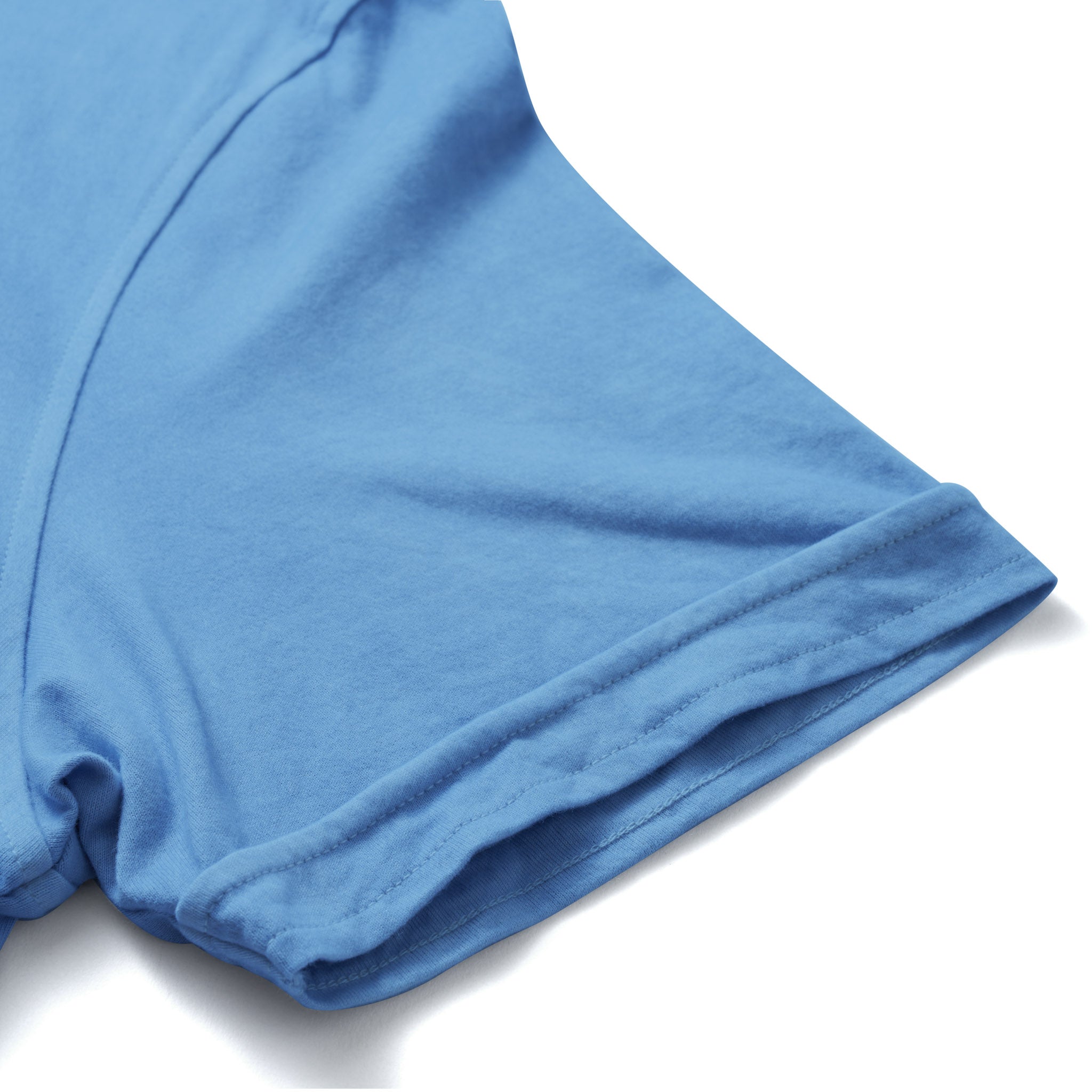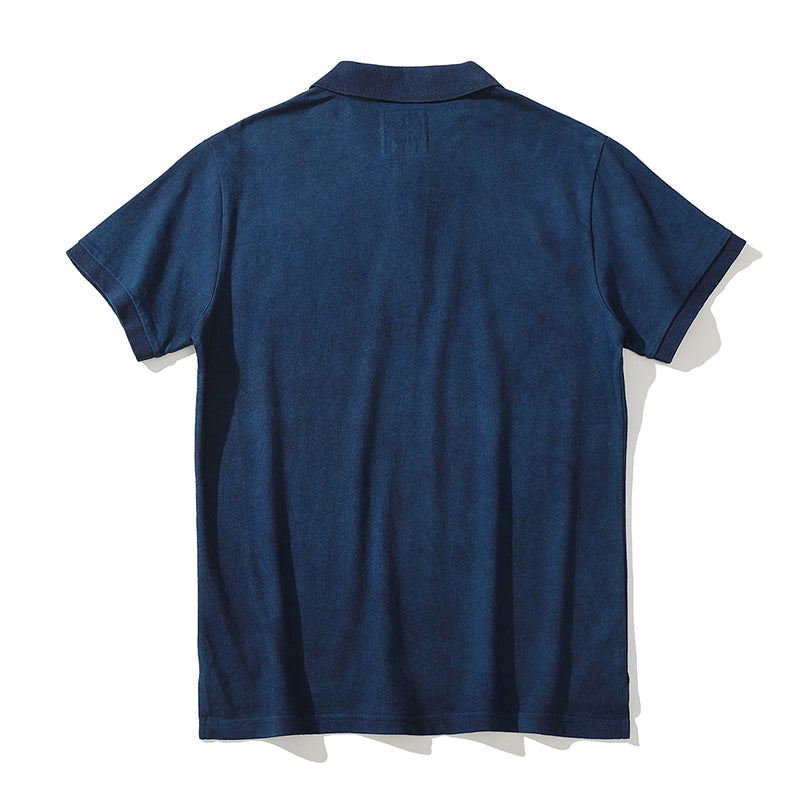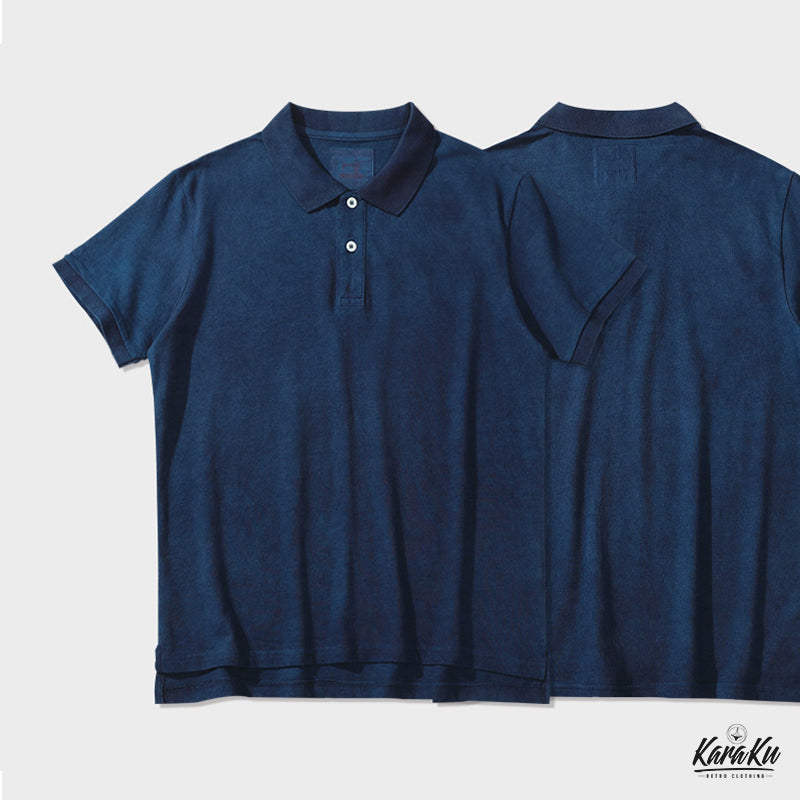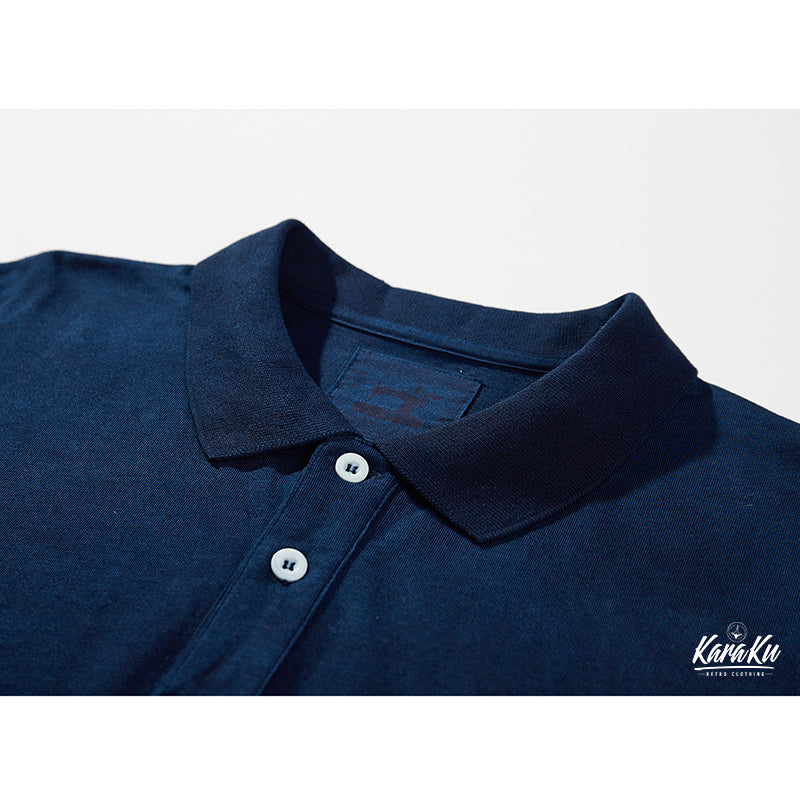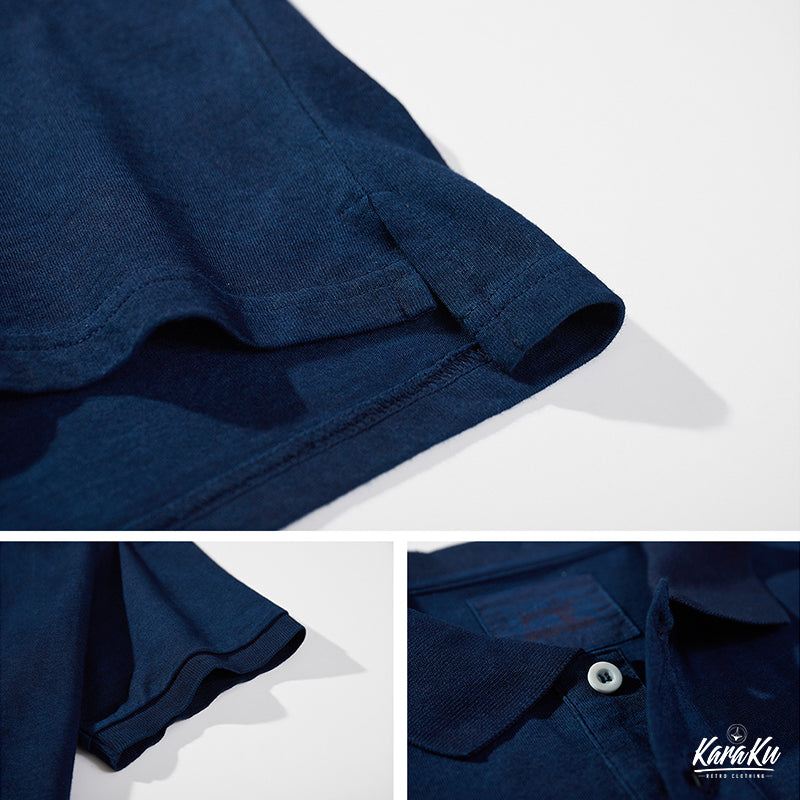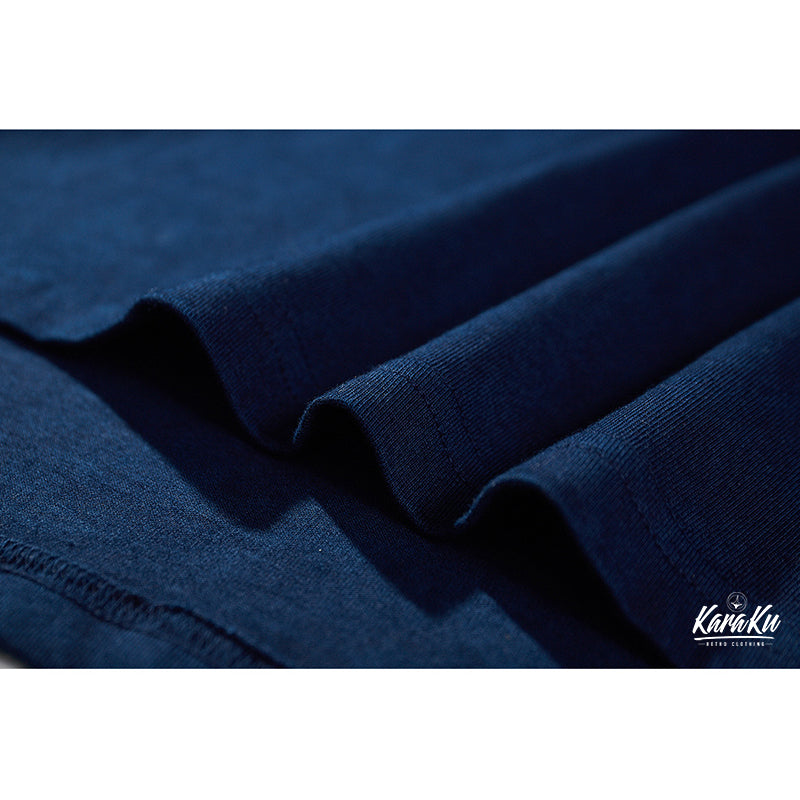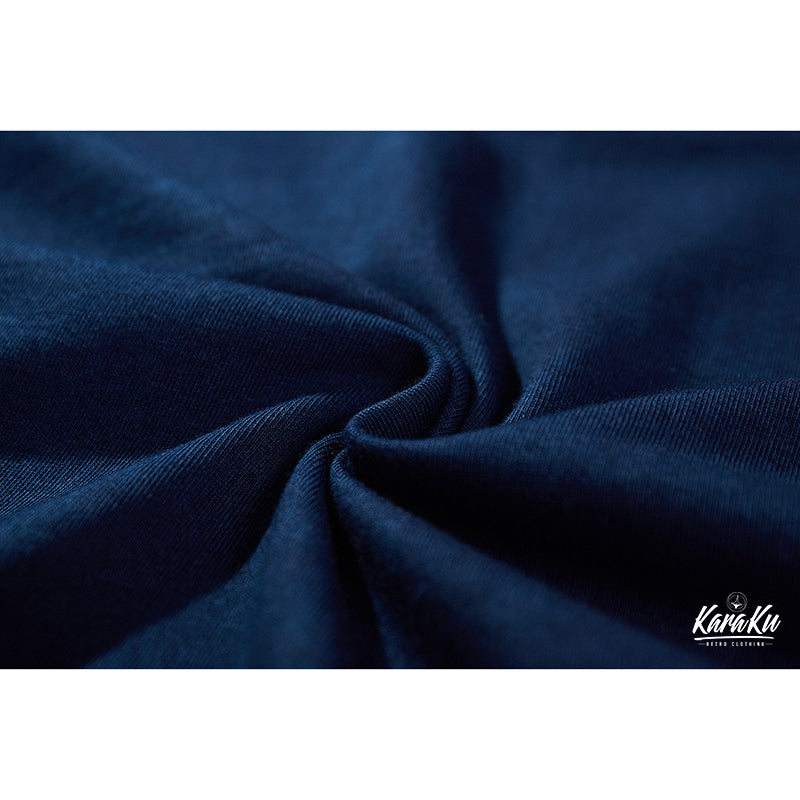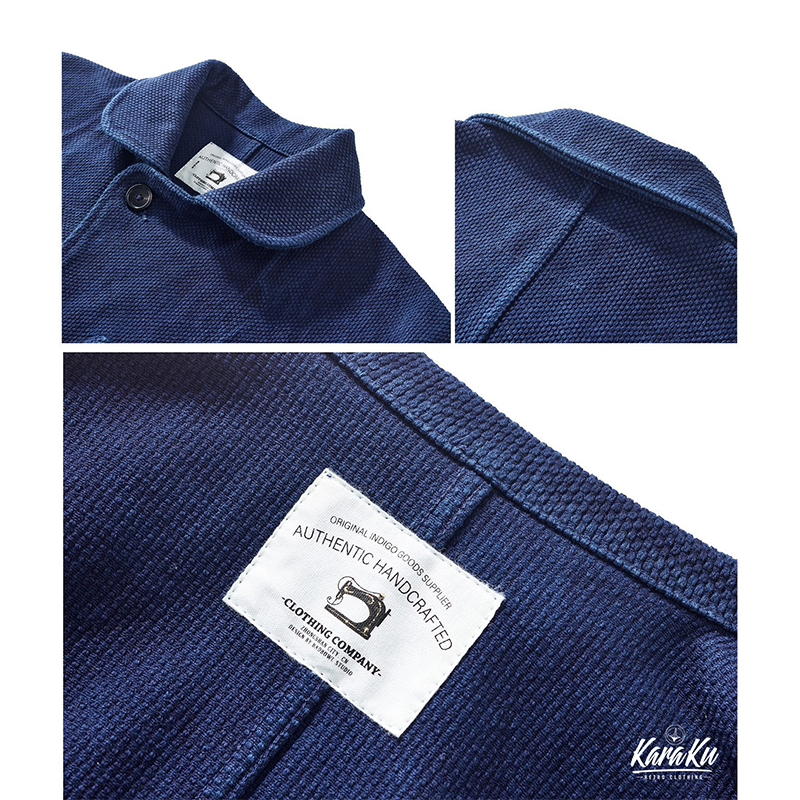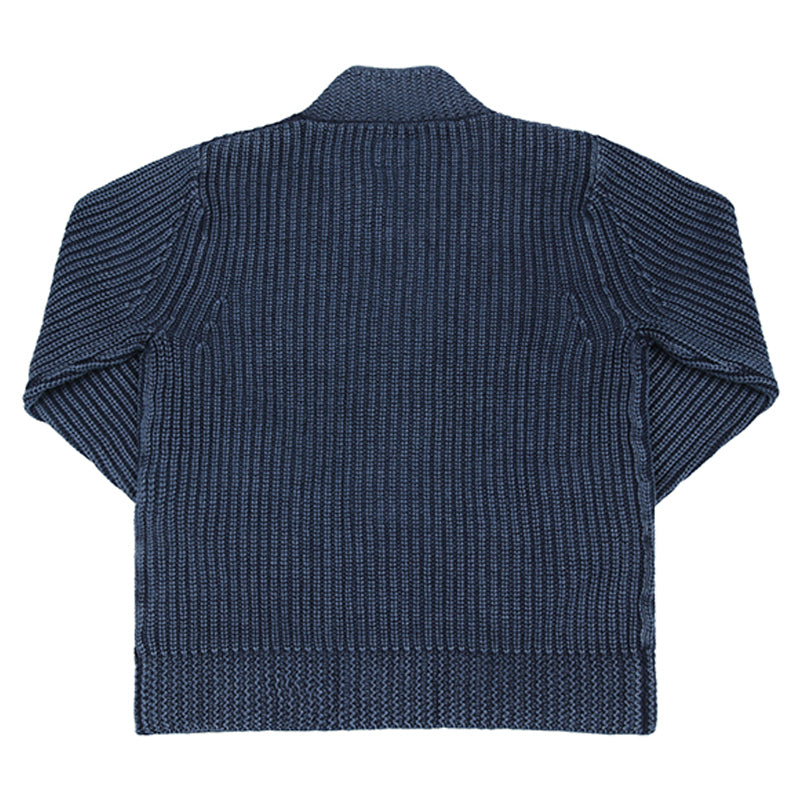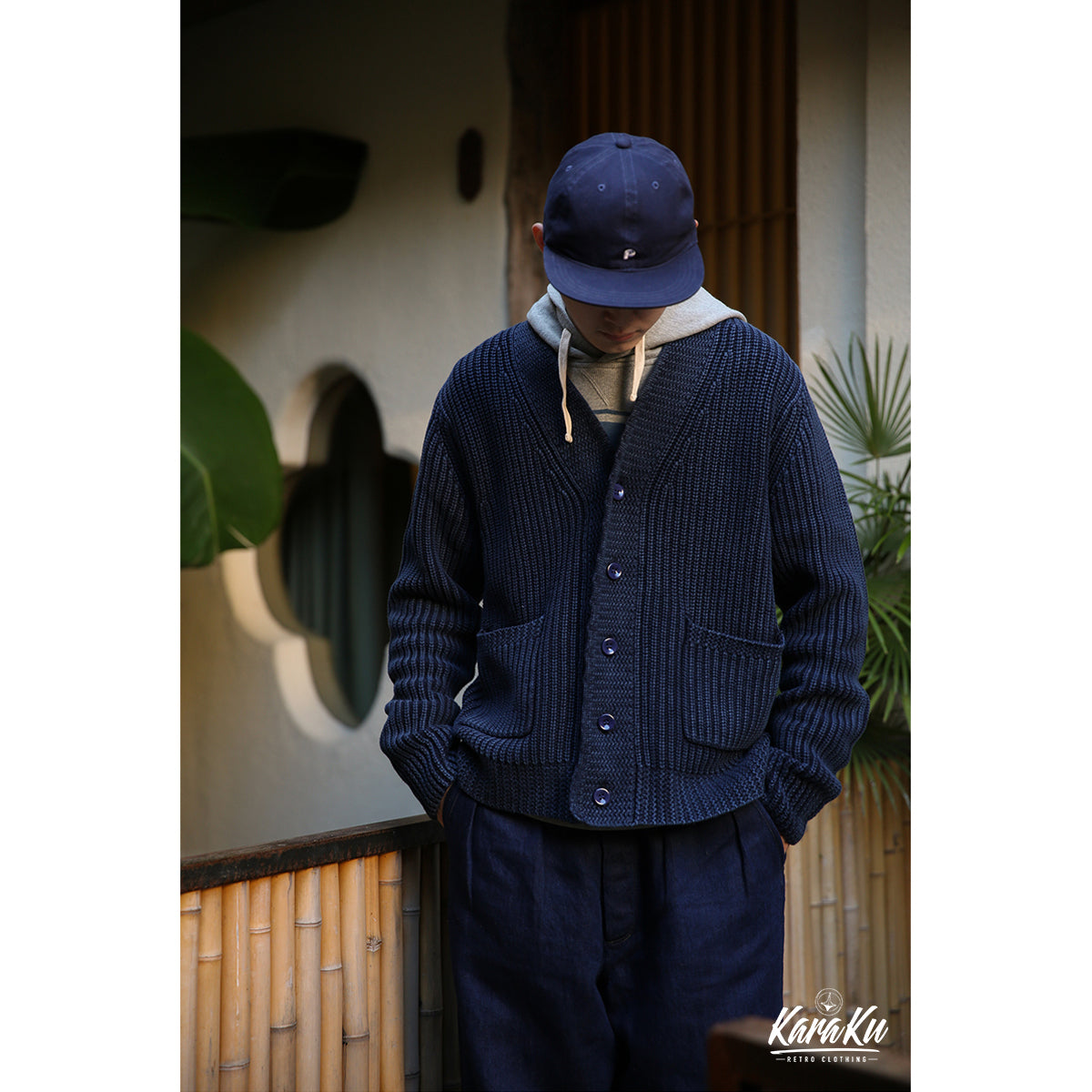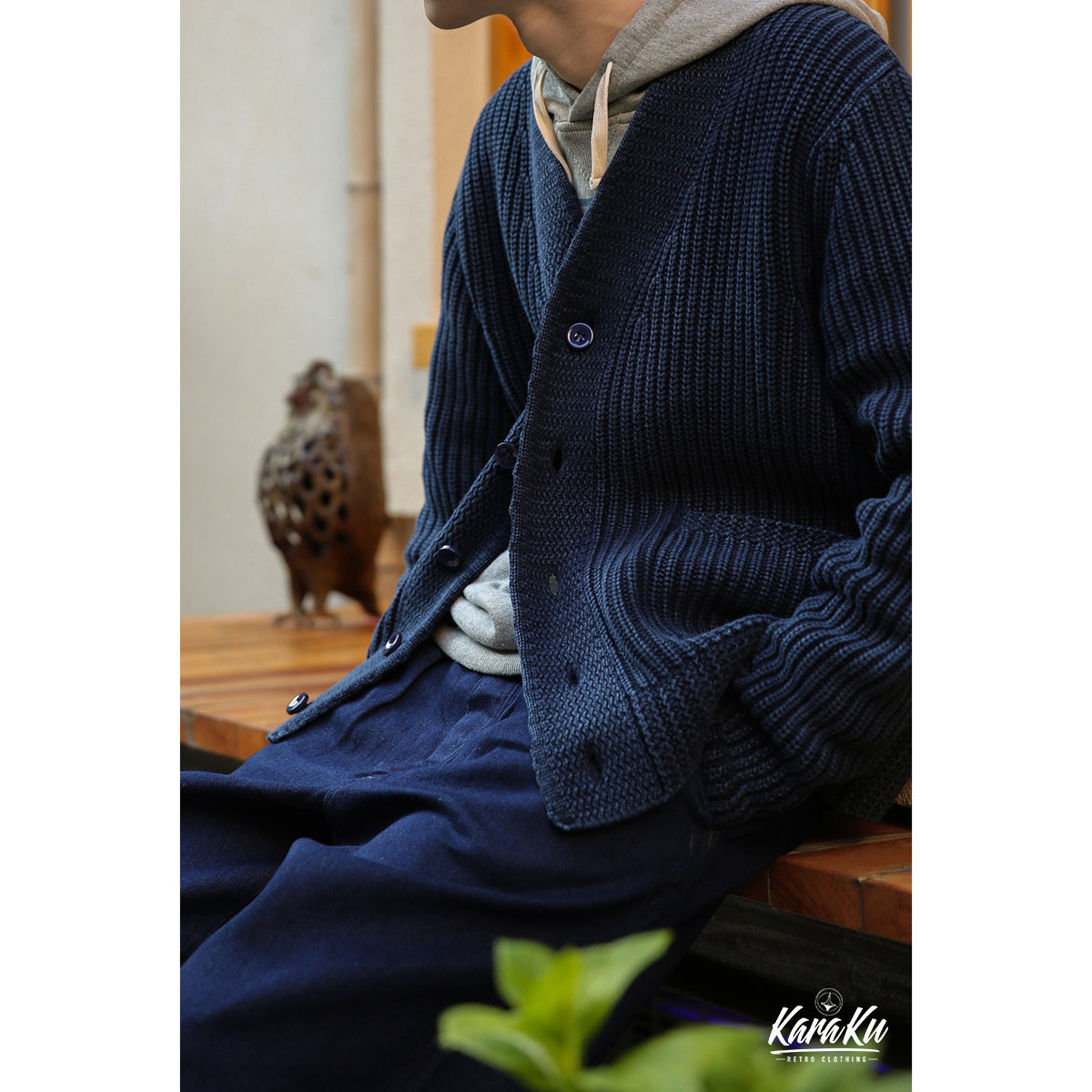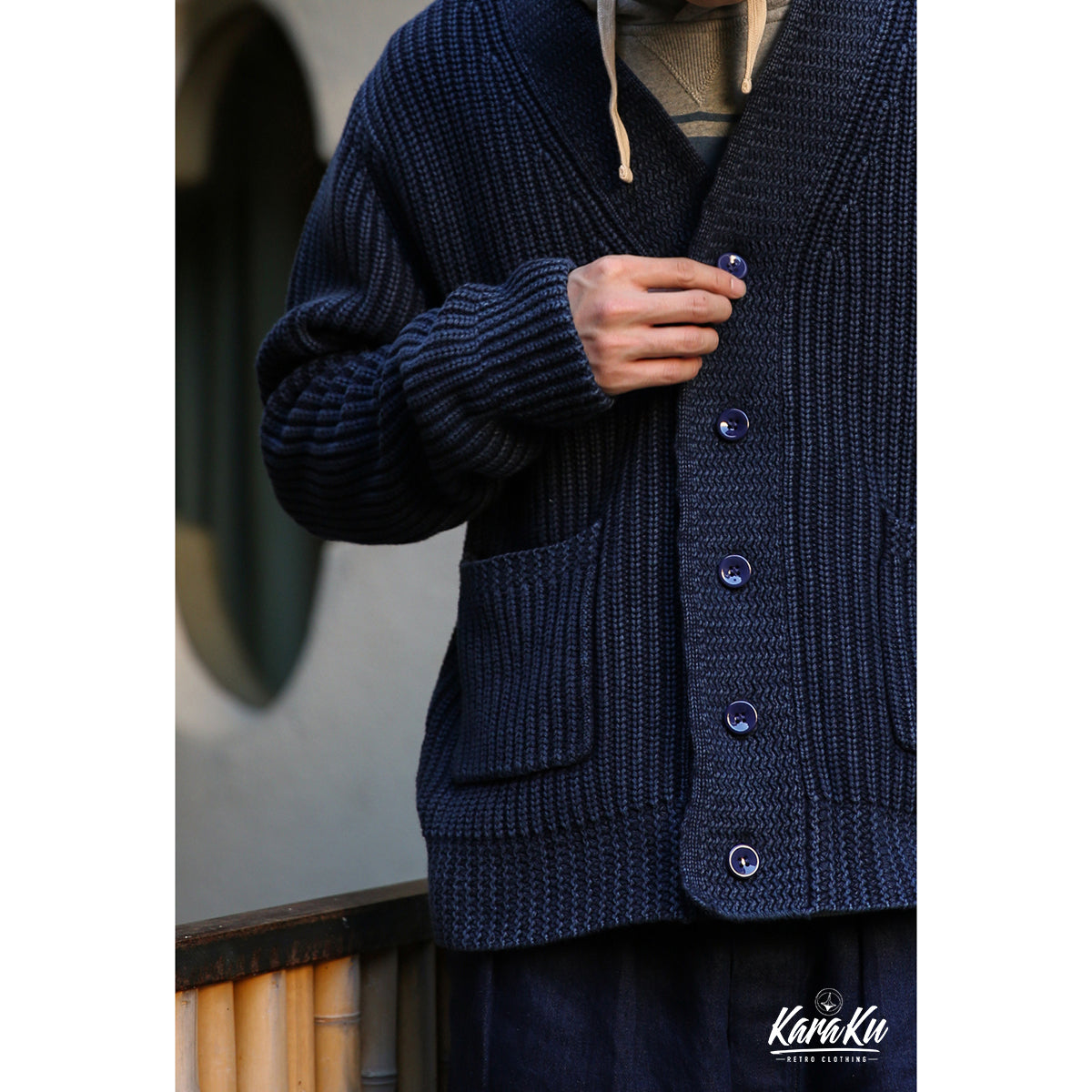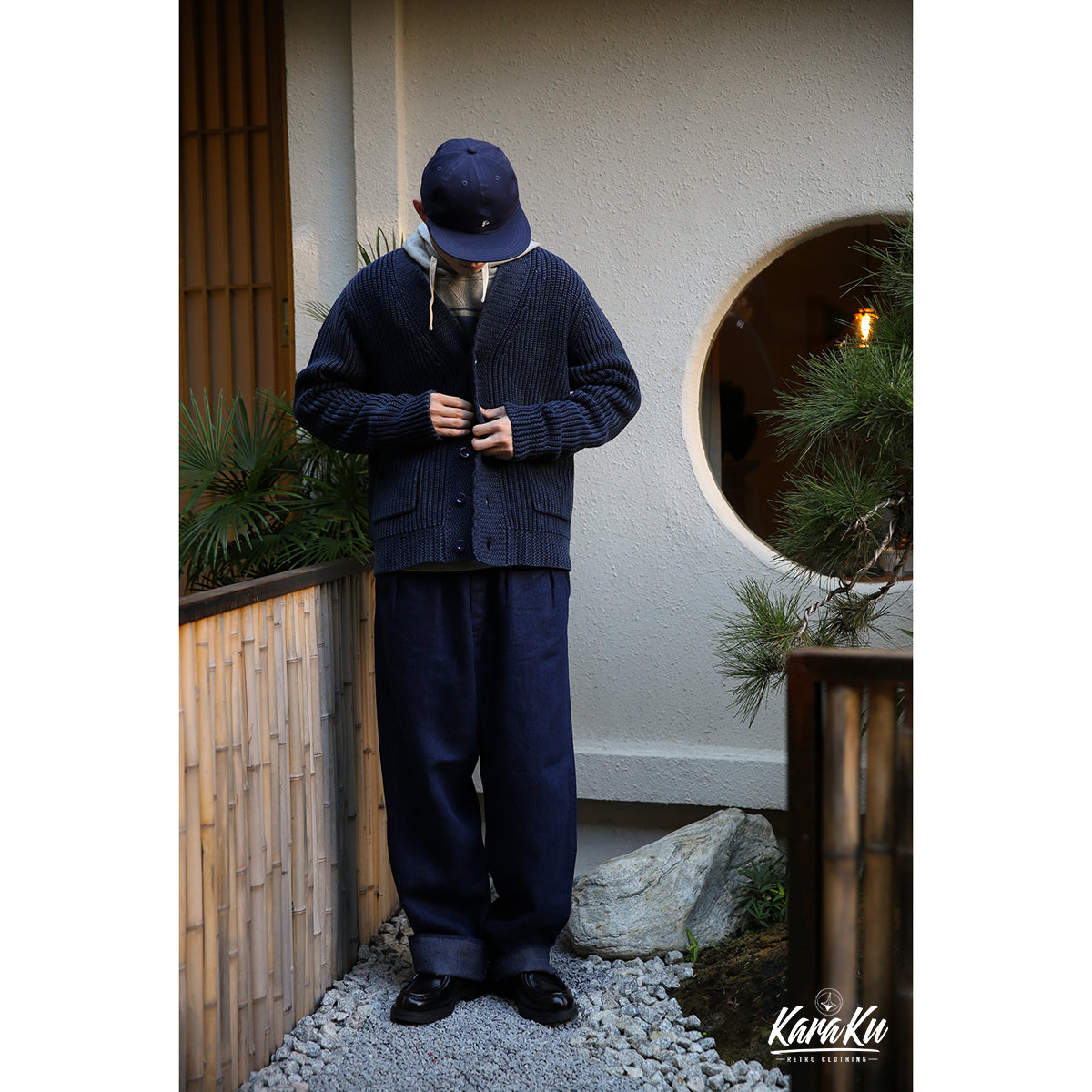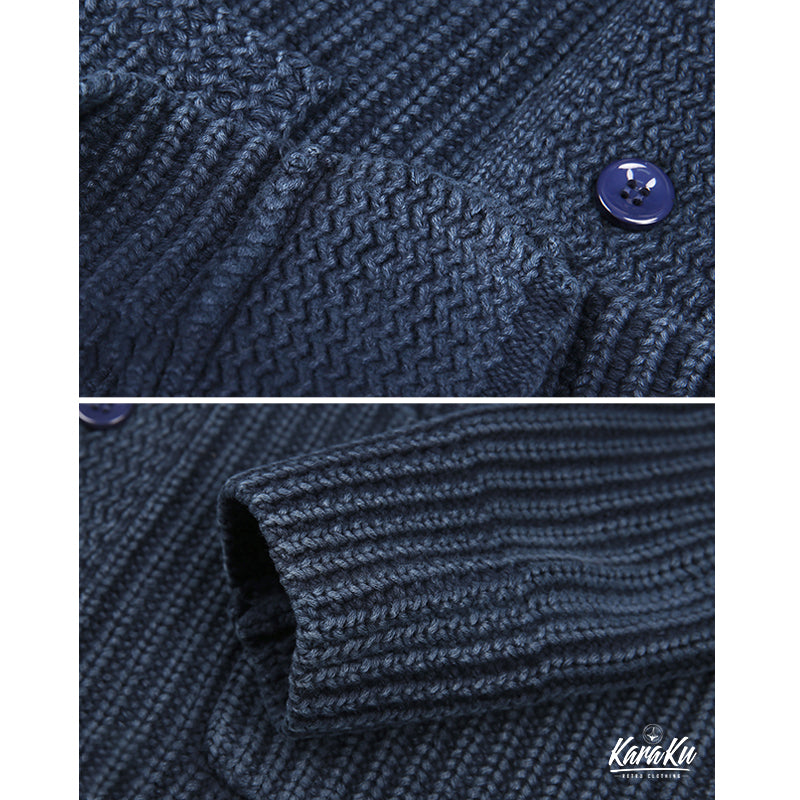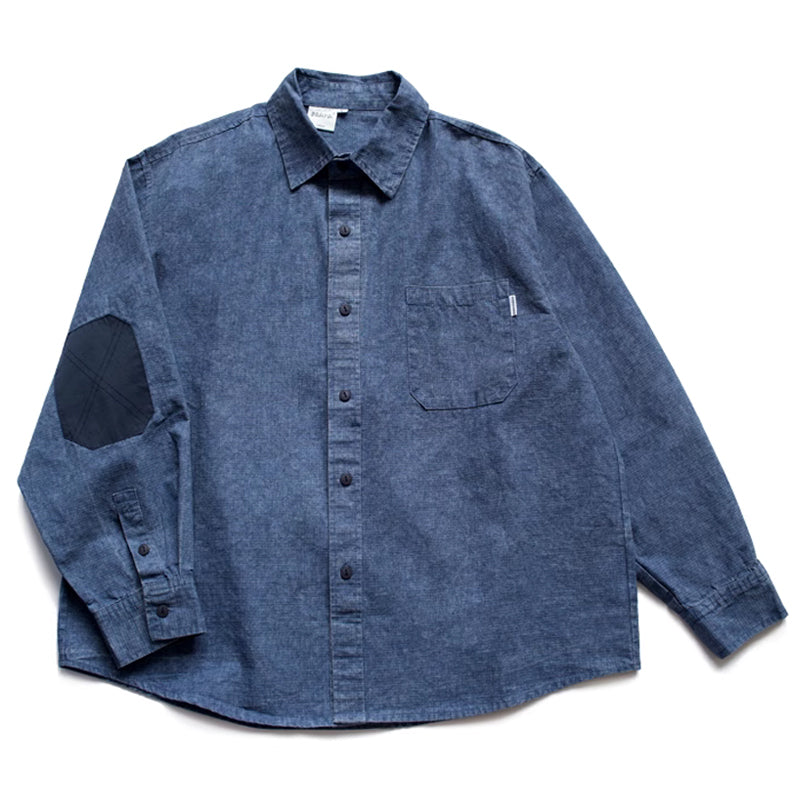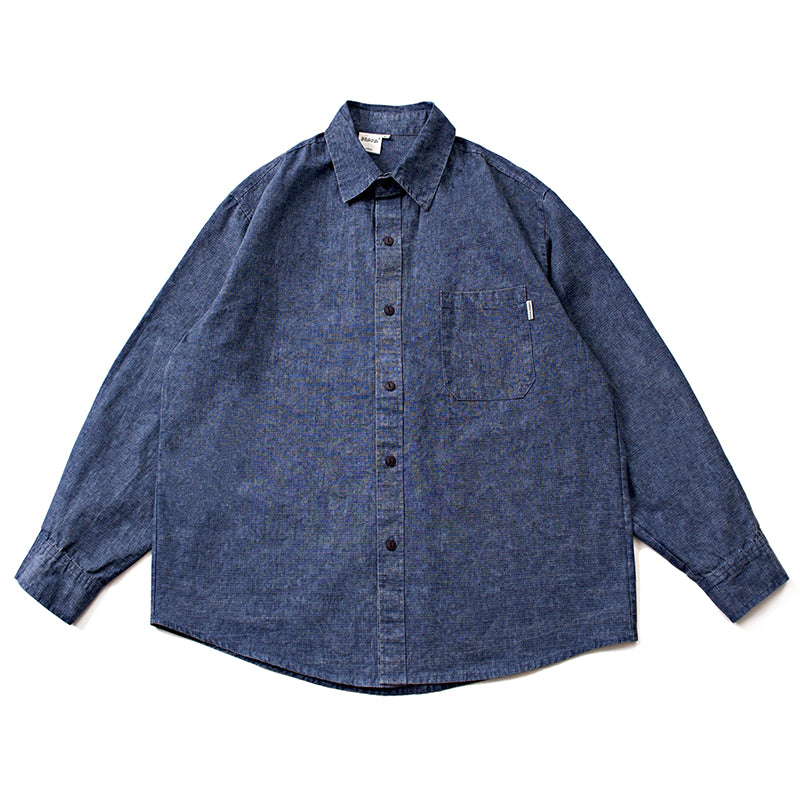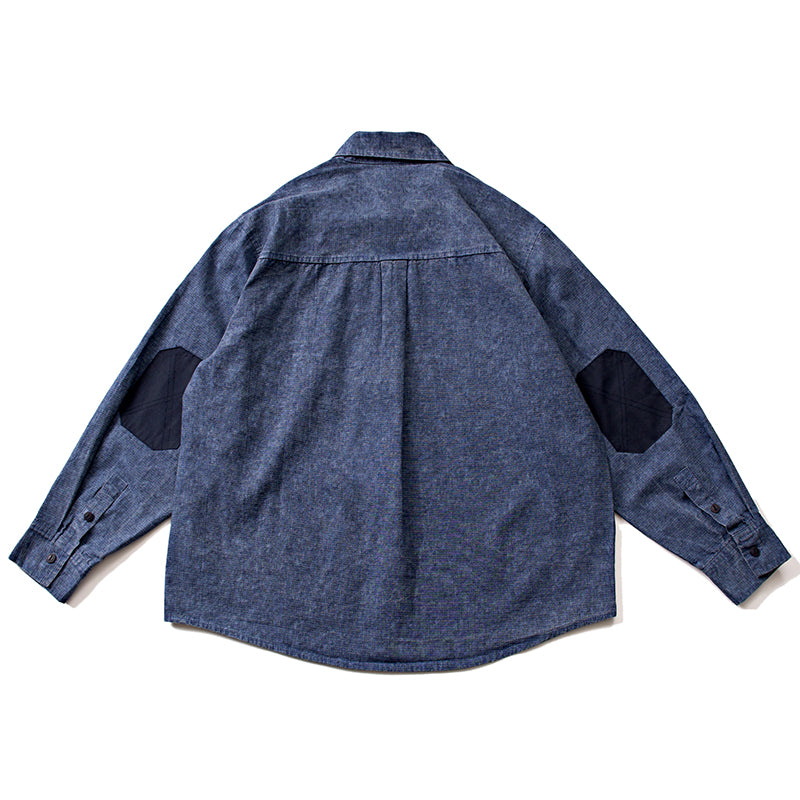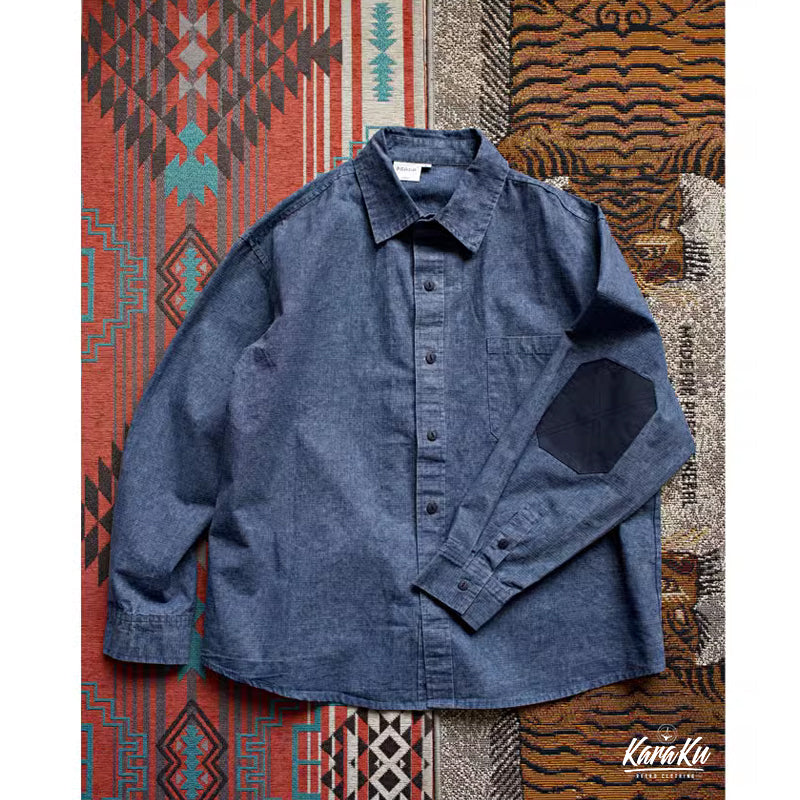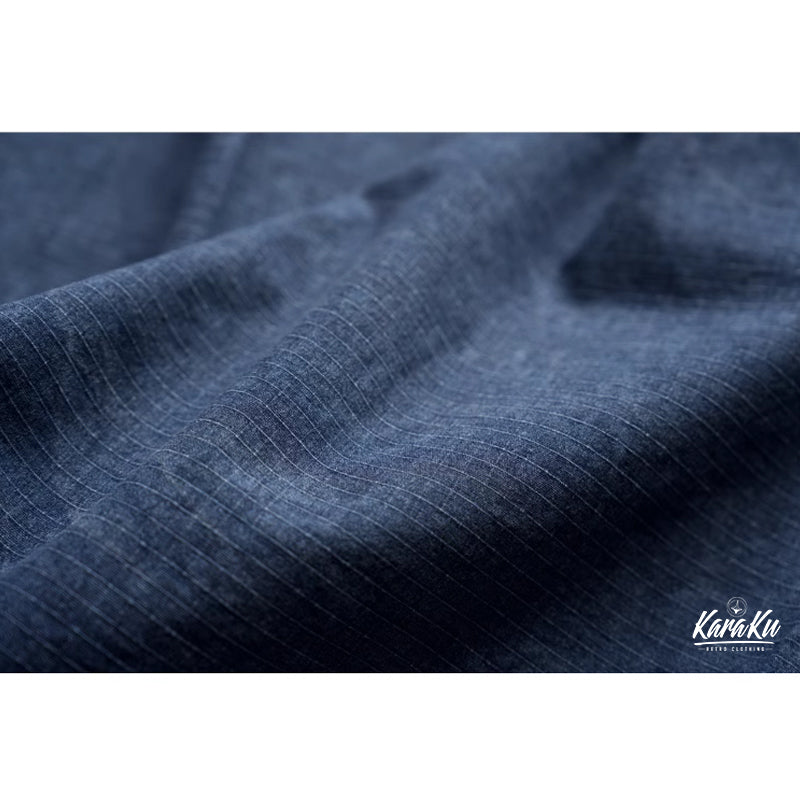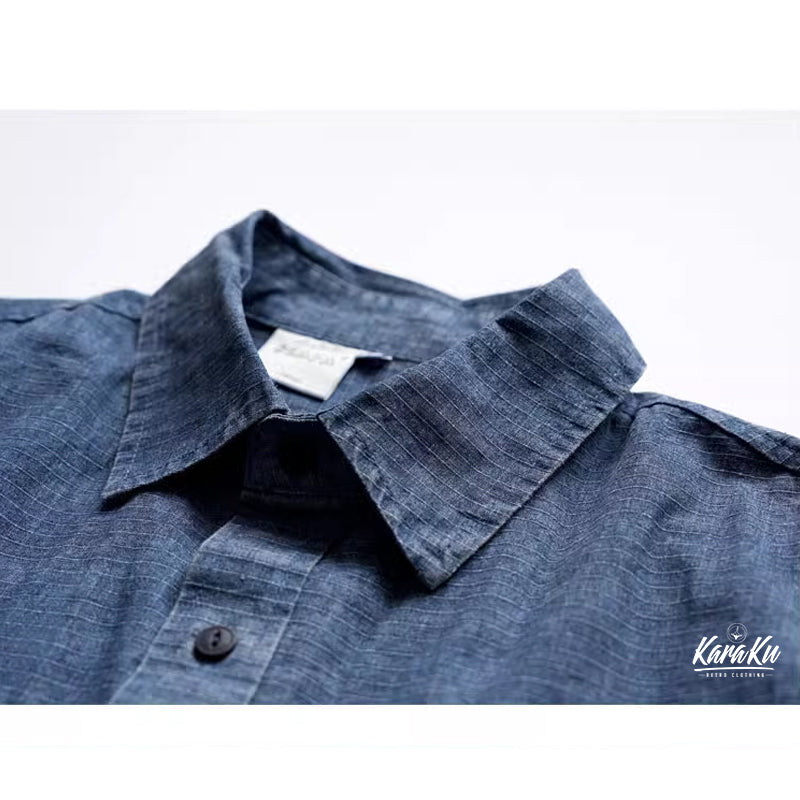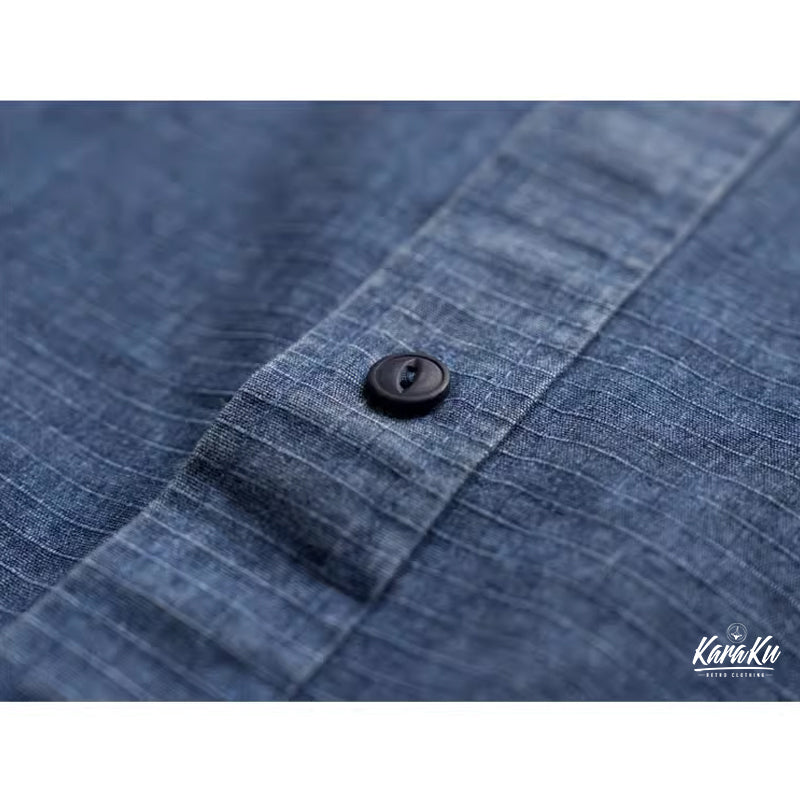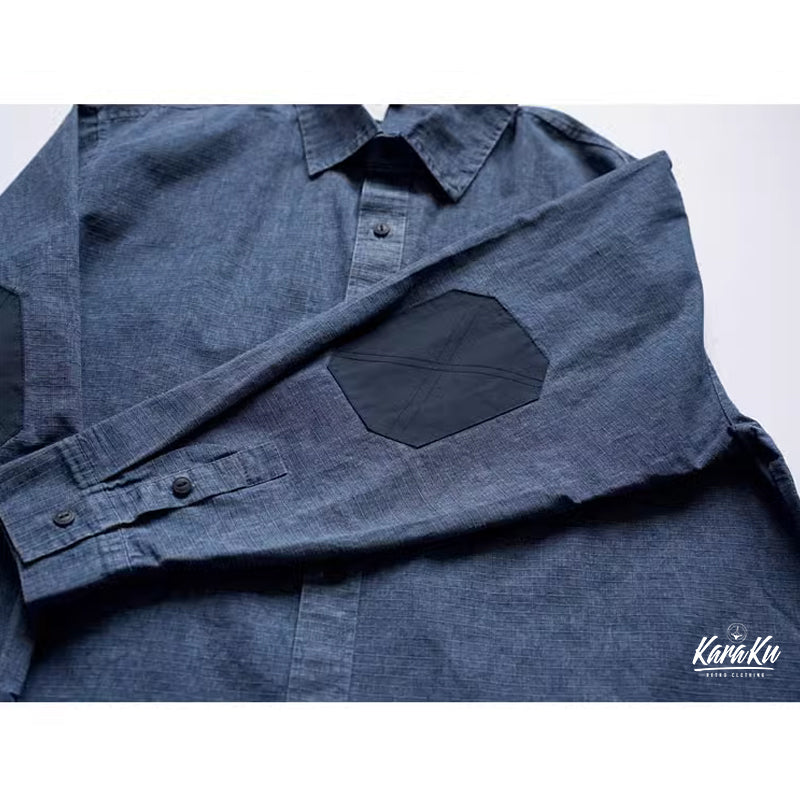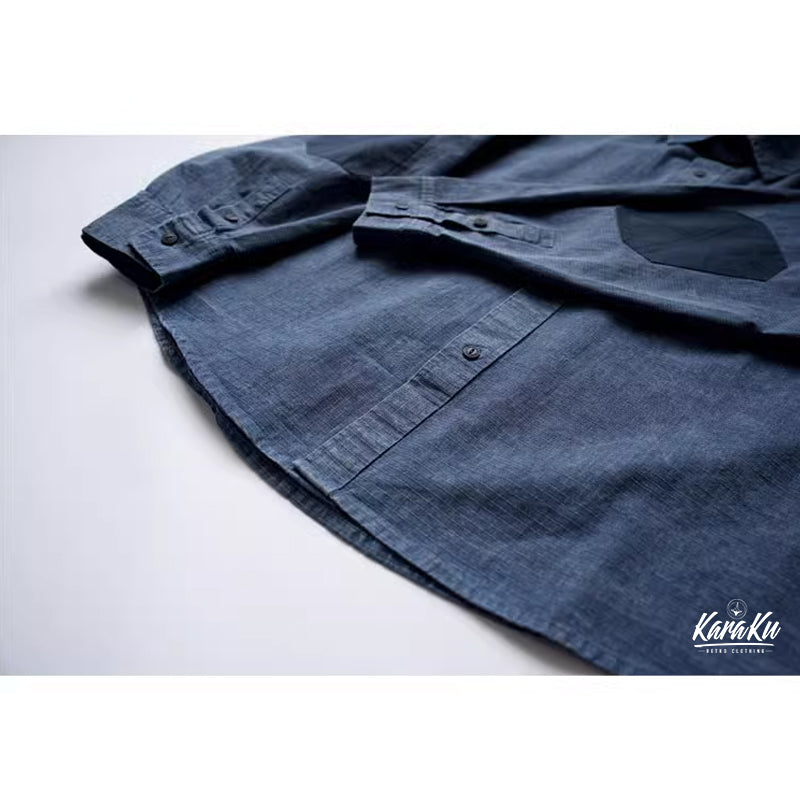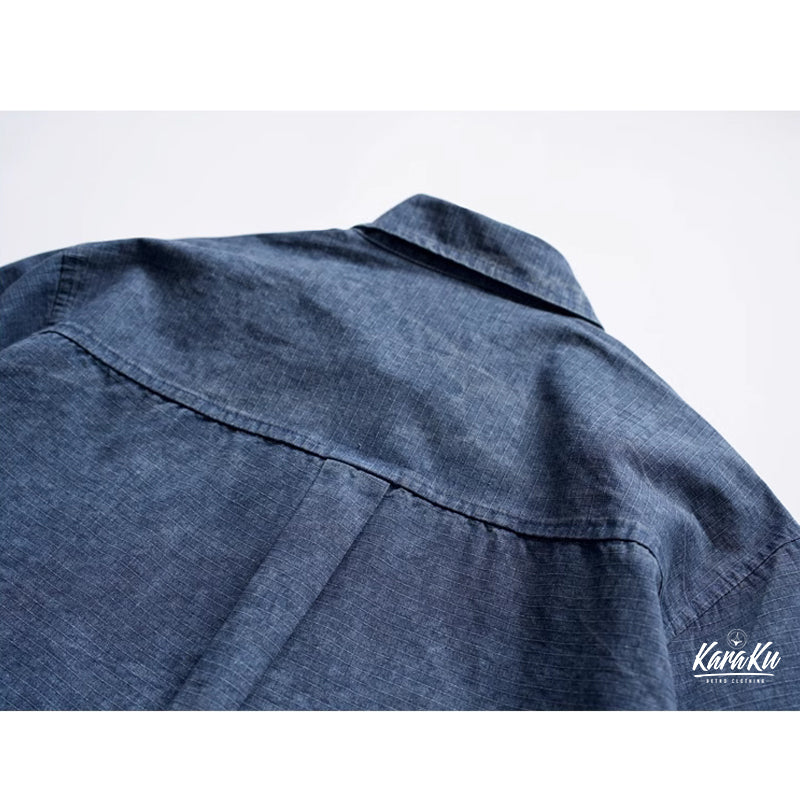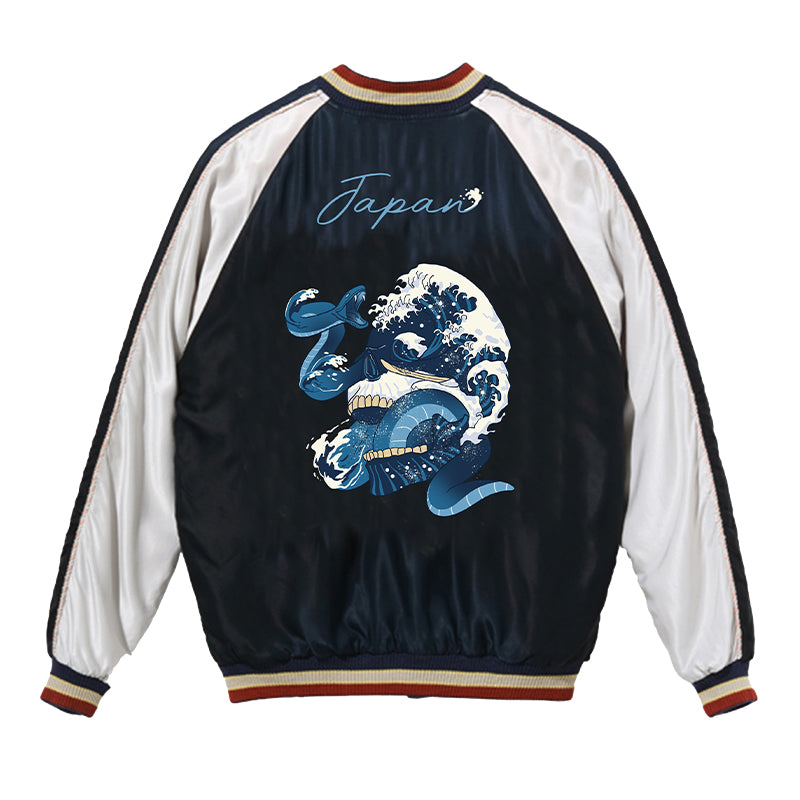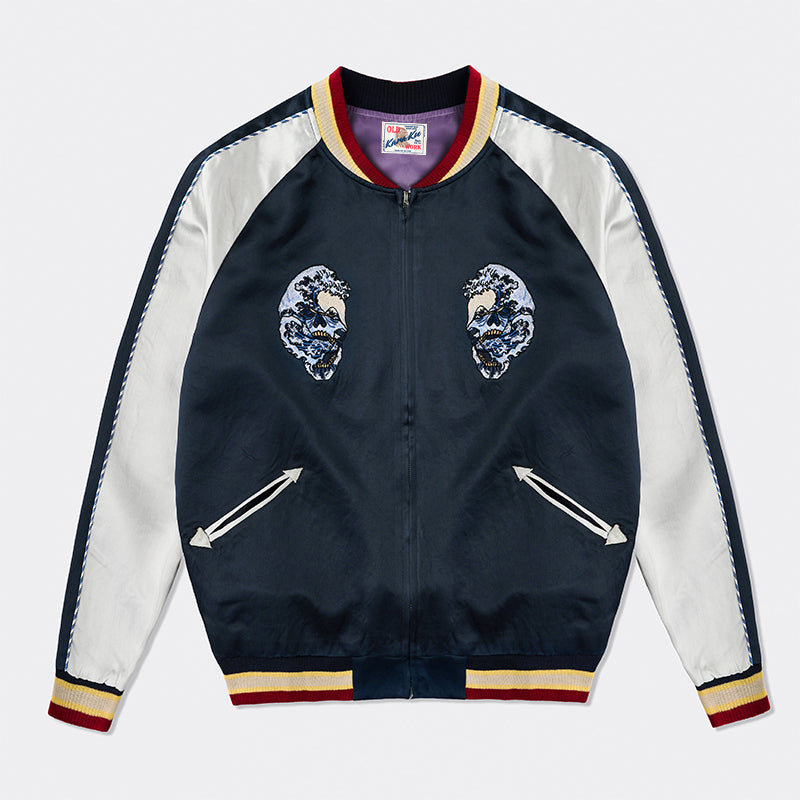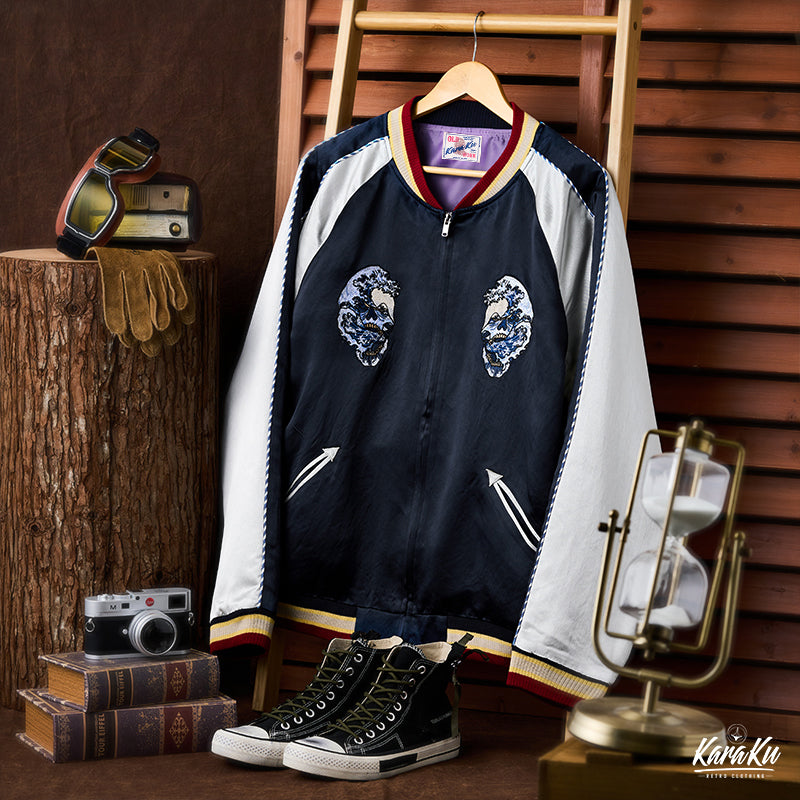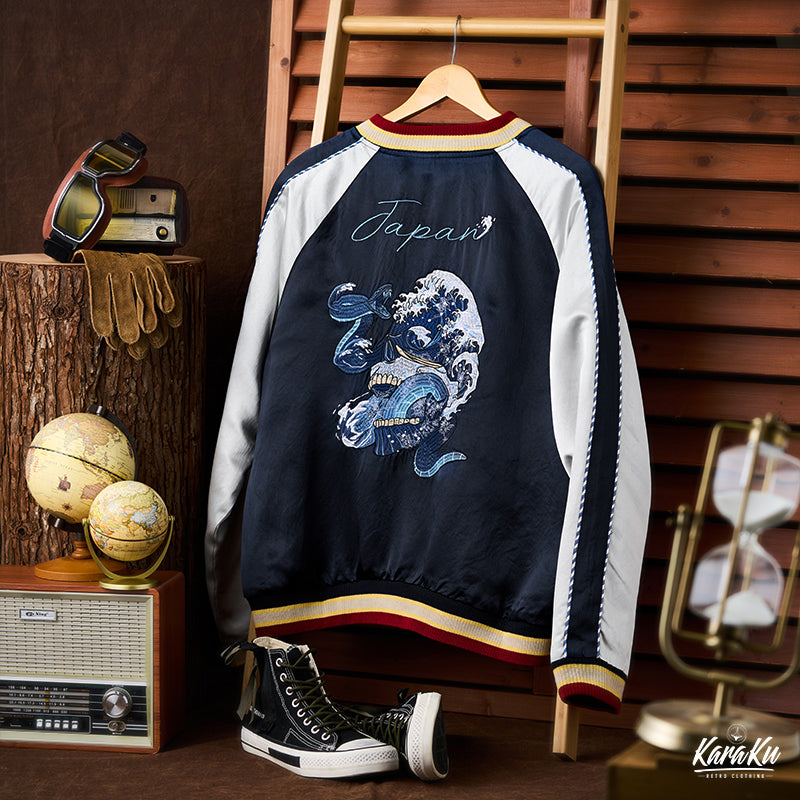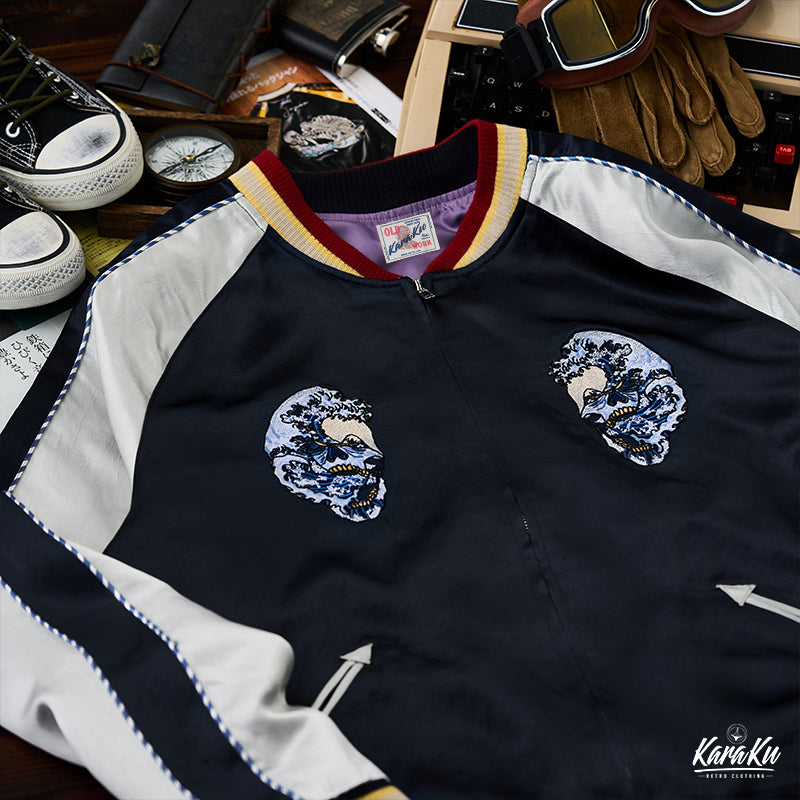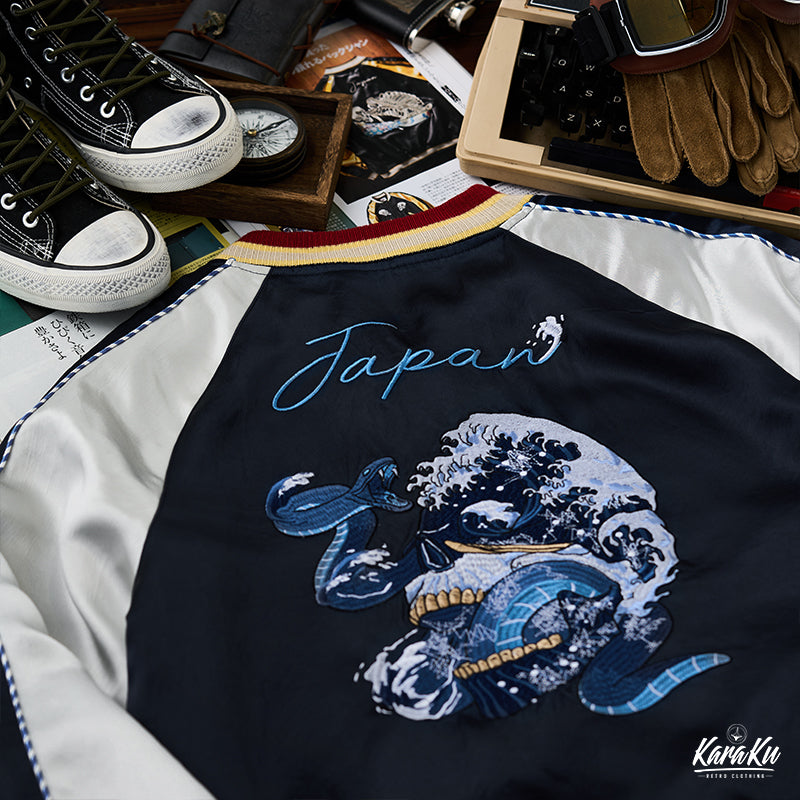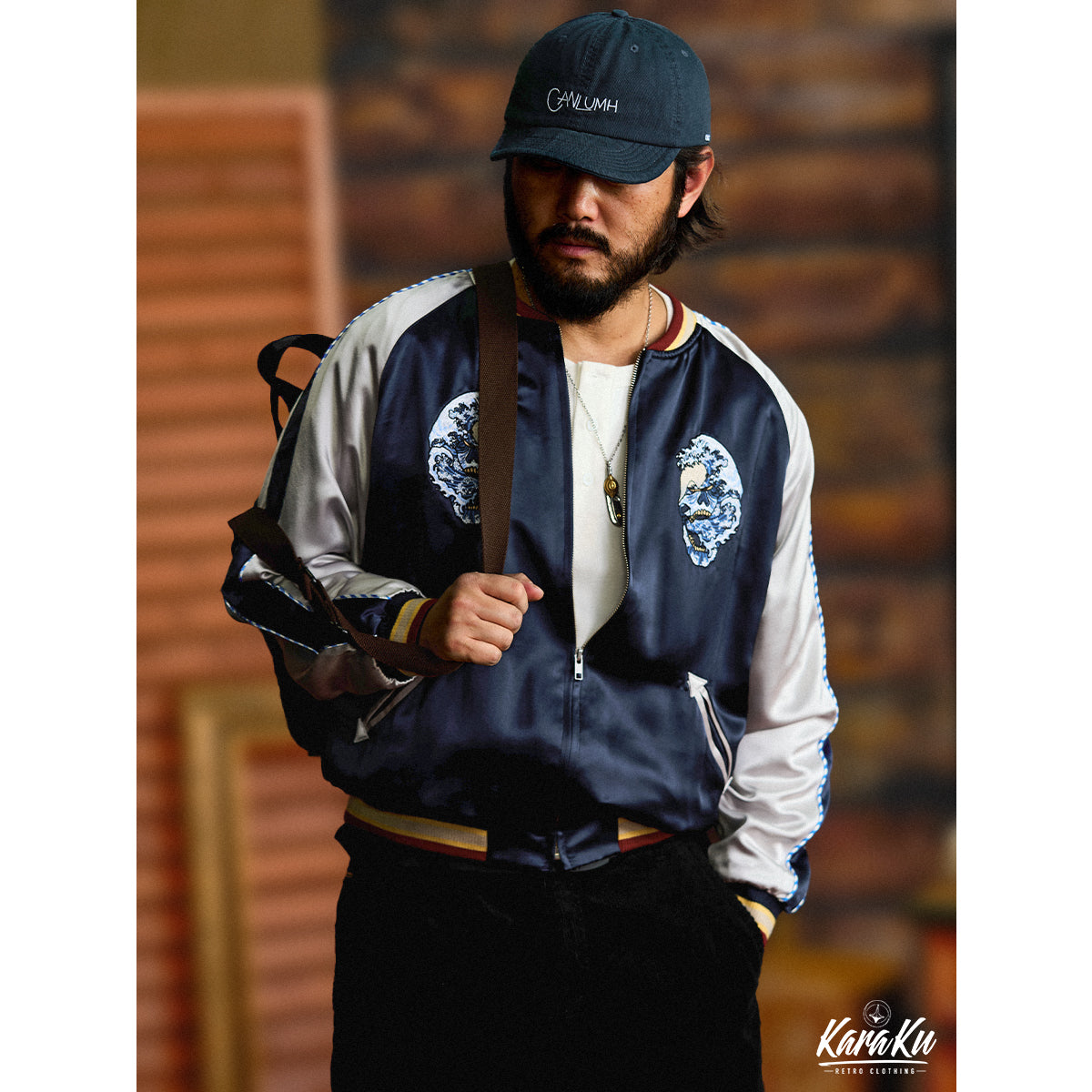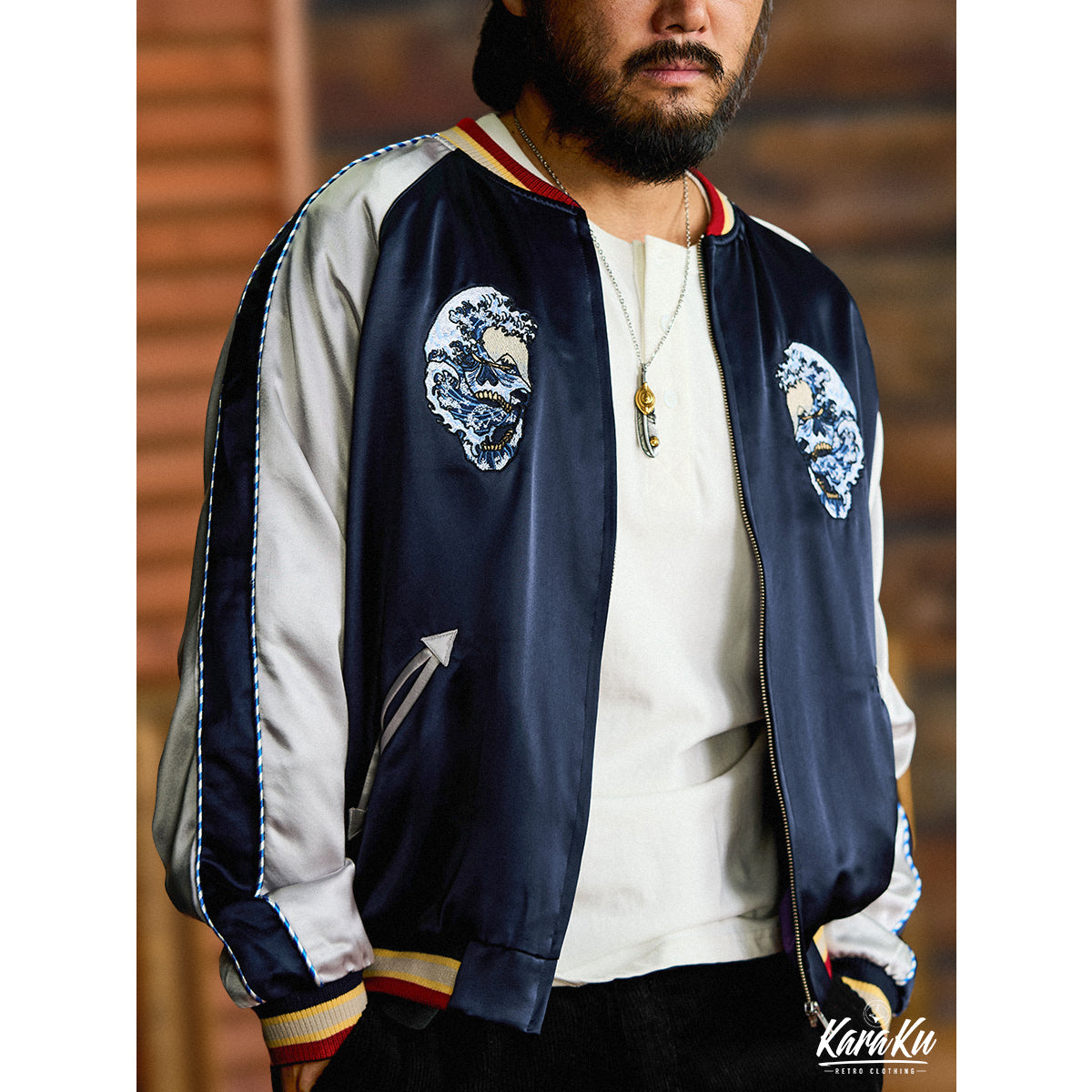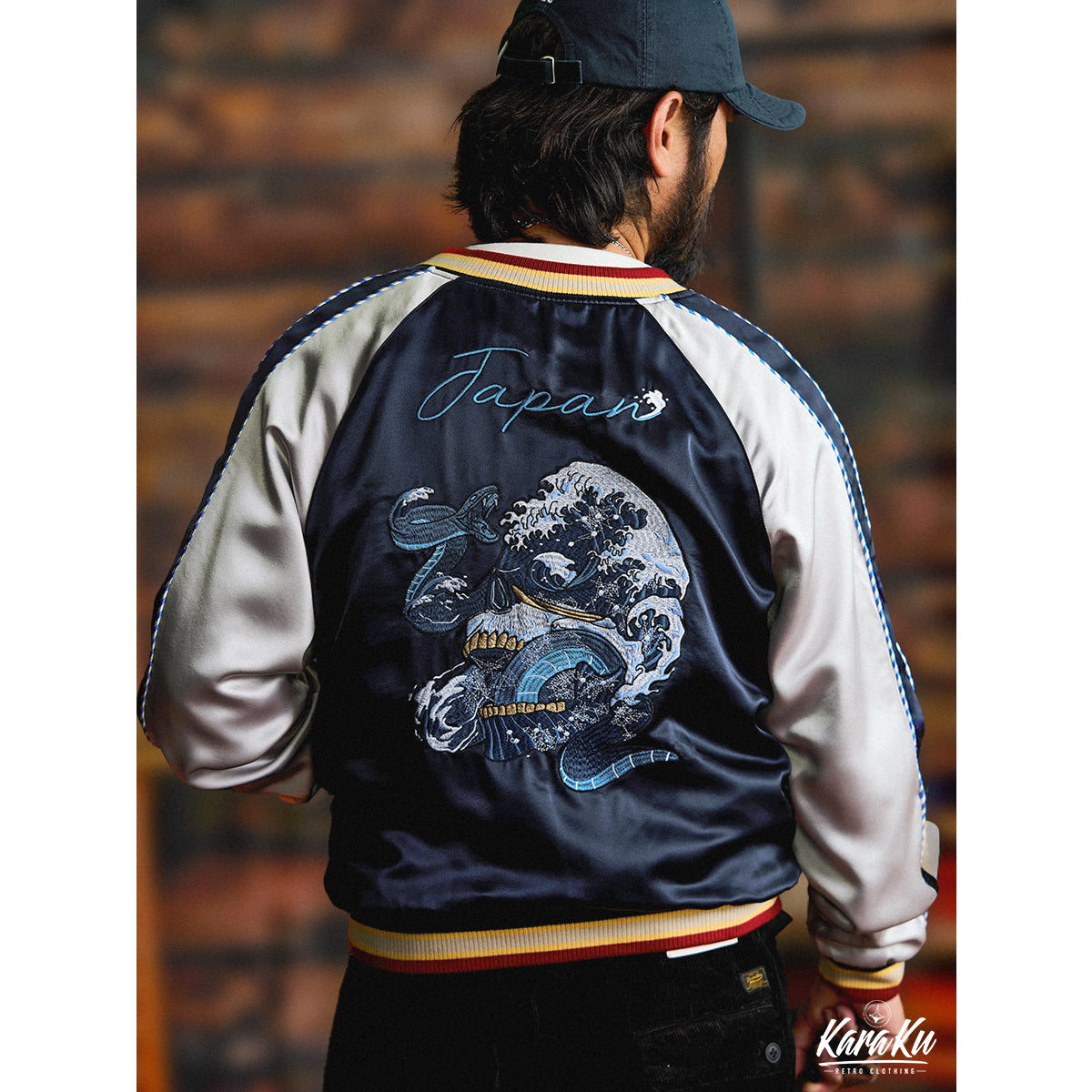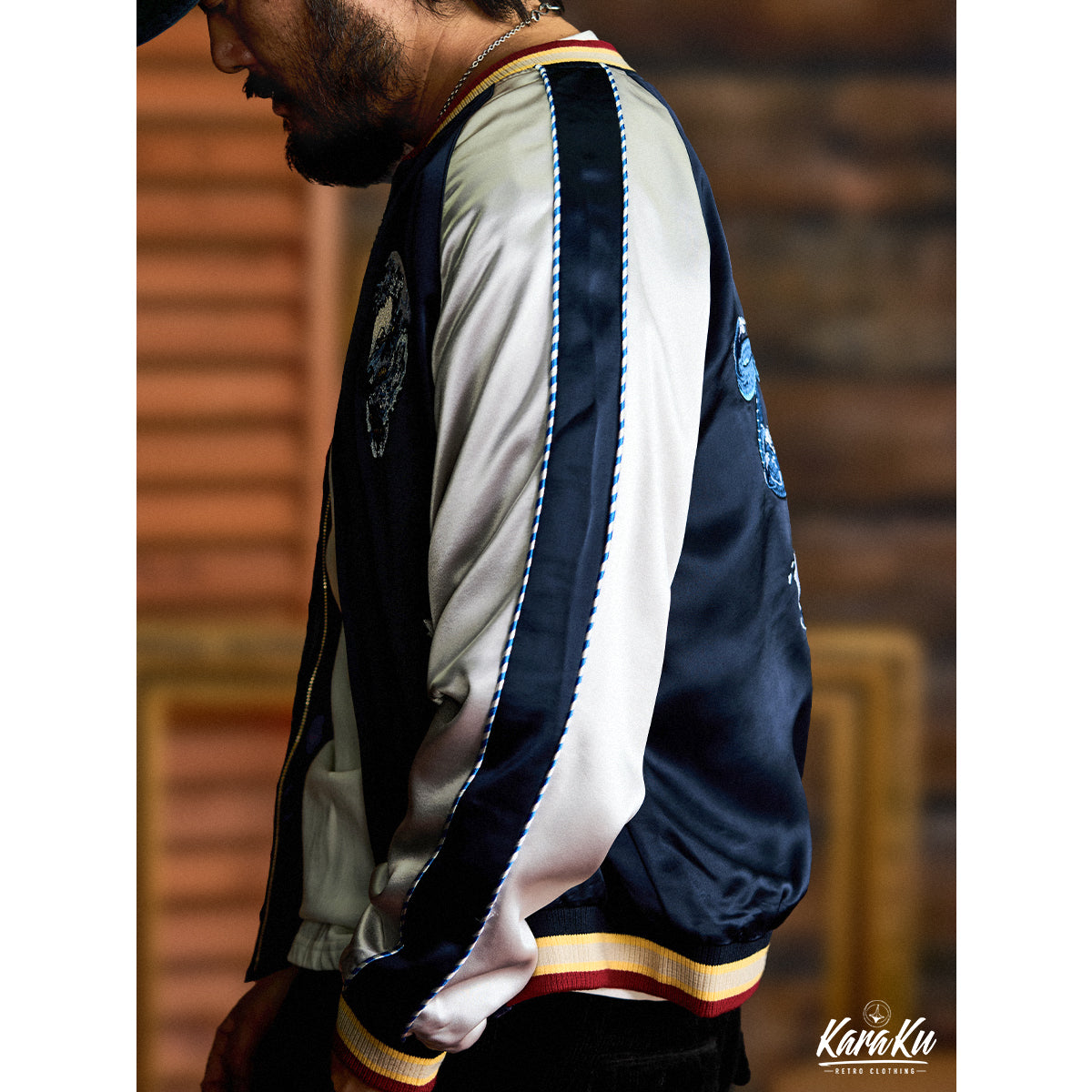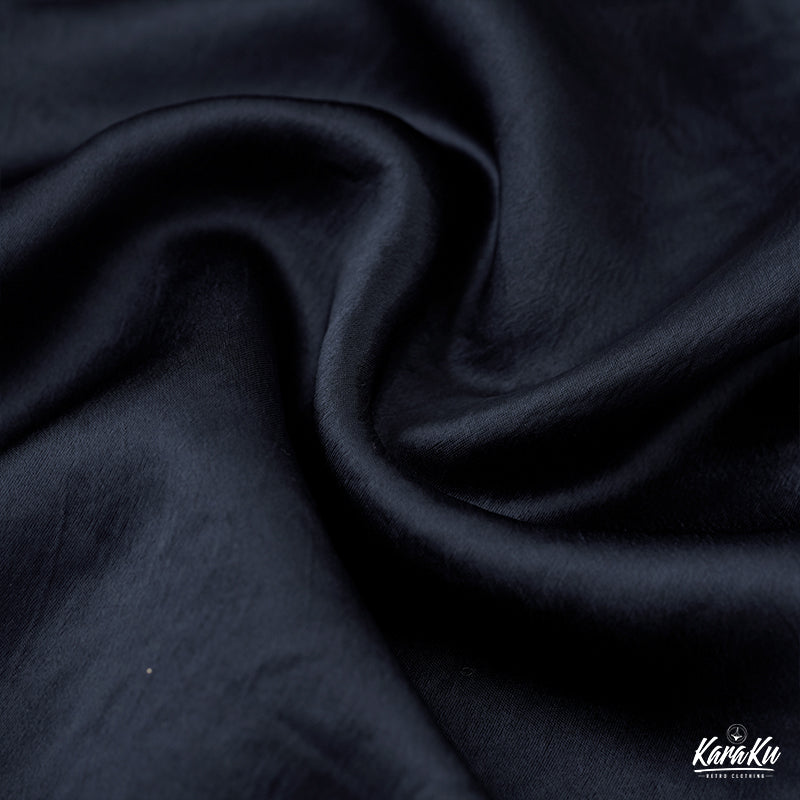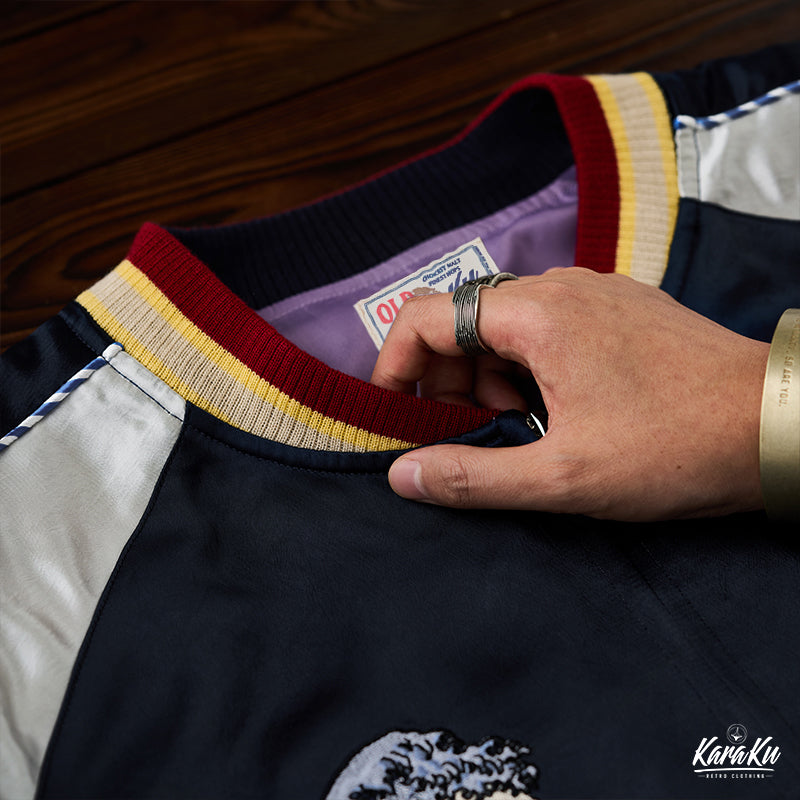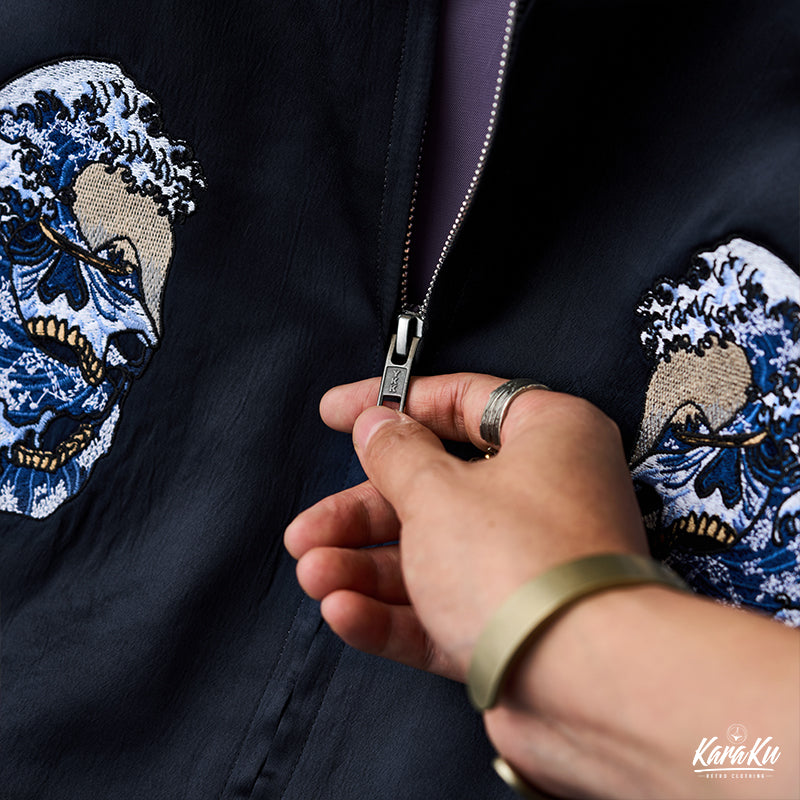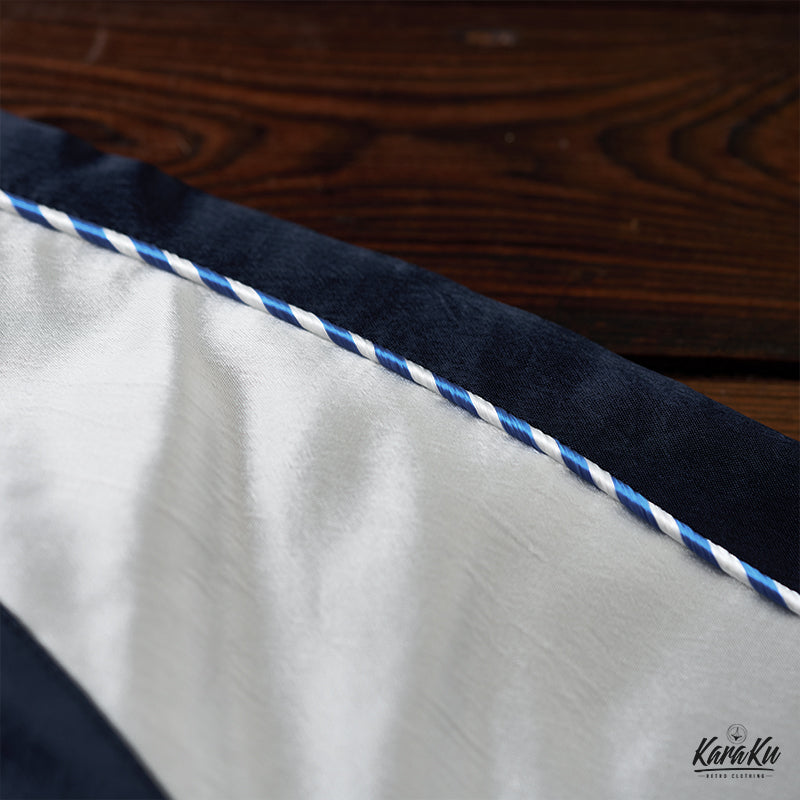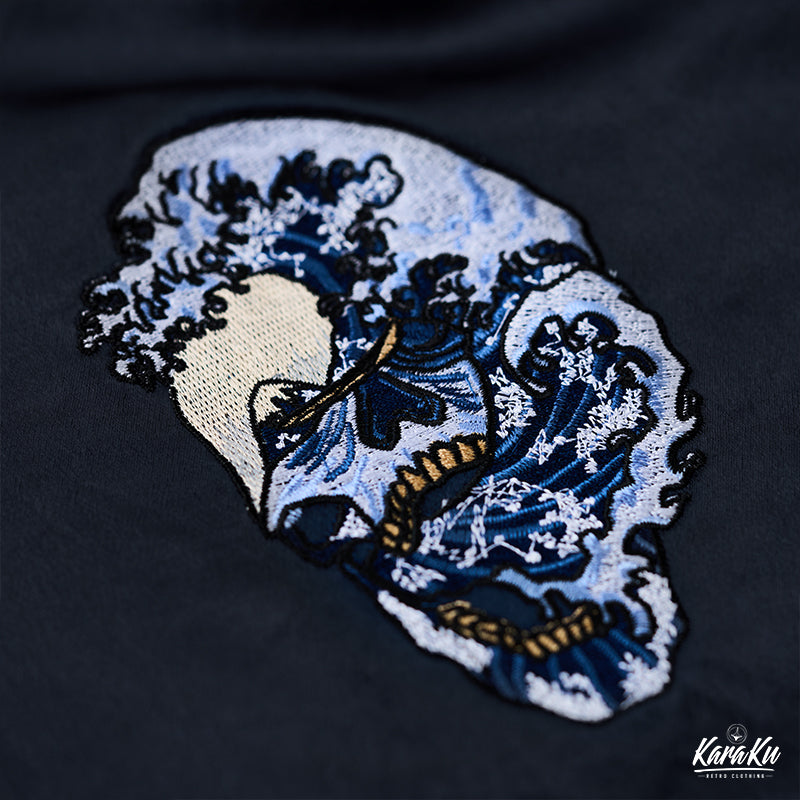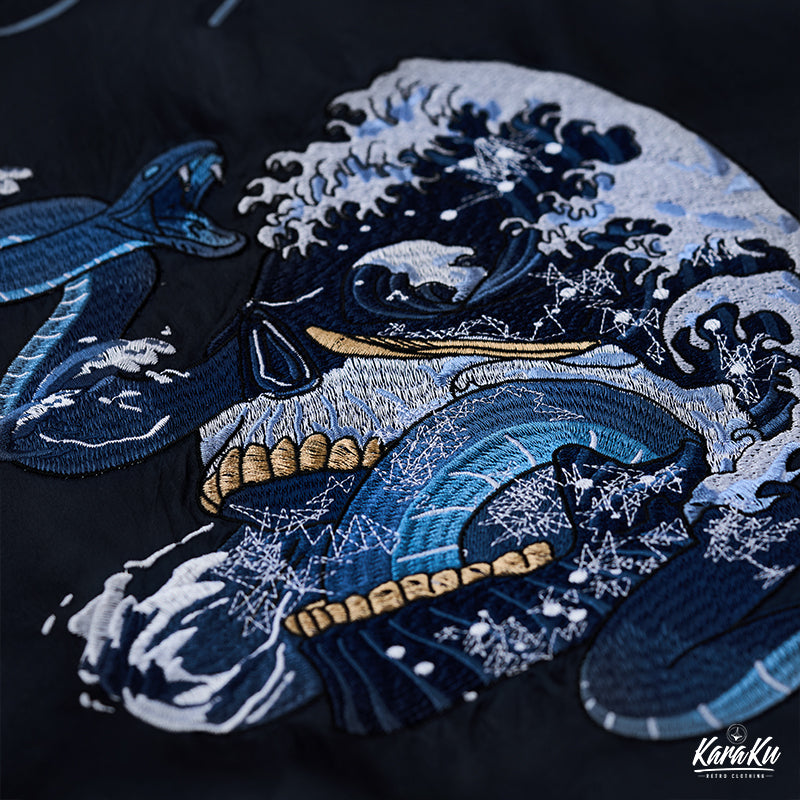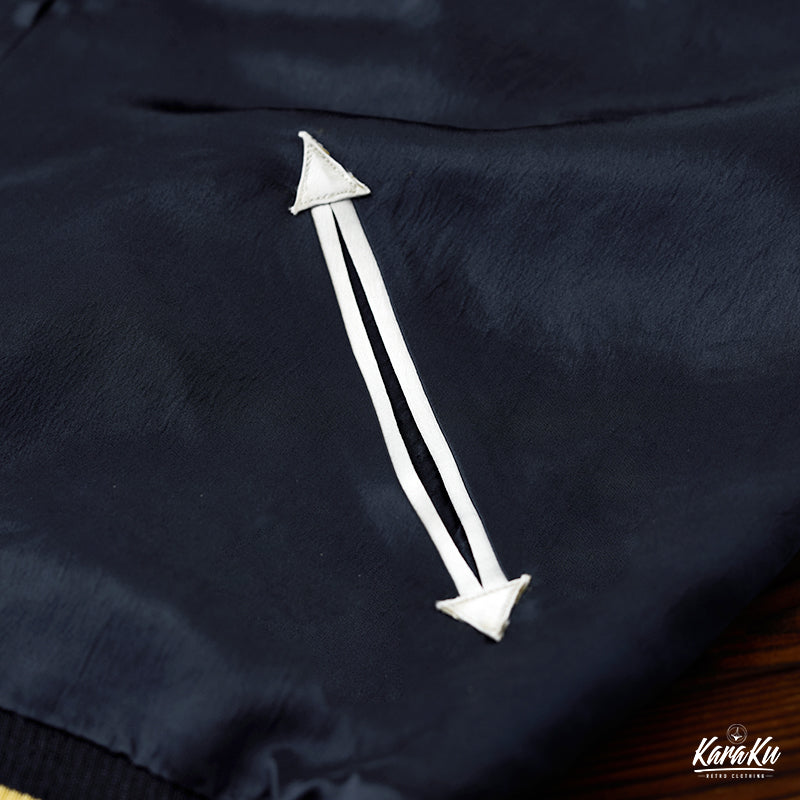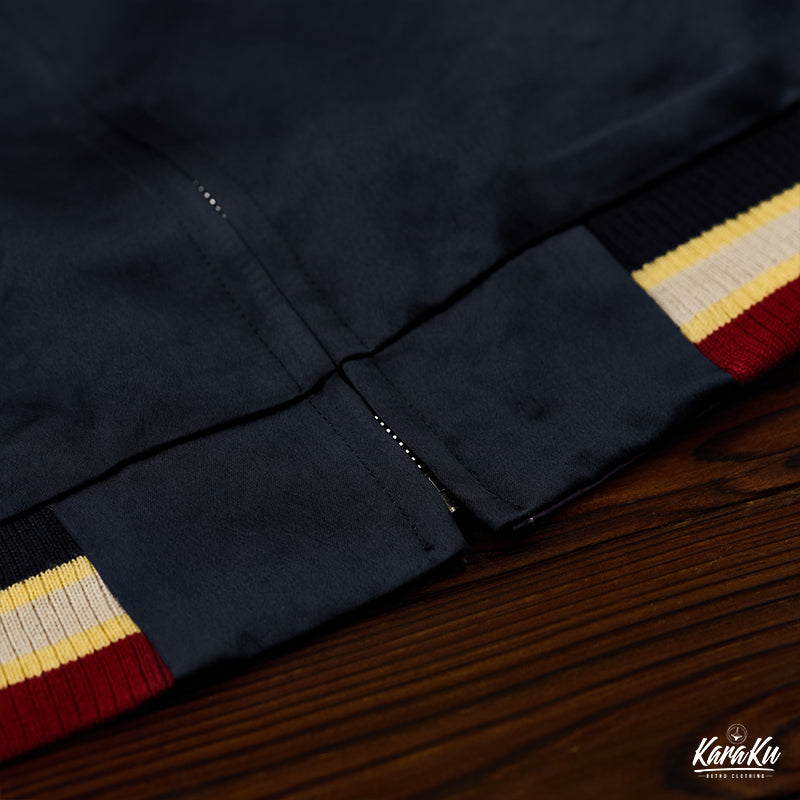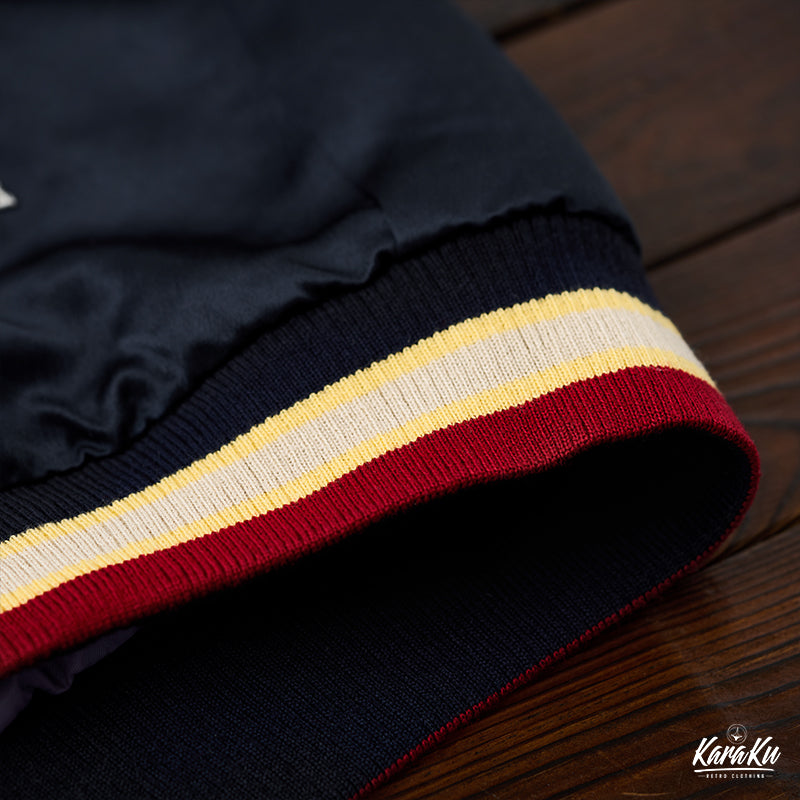Handmade---Japan Blue
Indigo color called Japan blue
Here is one picture. This is Shinagawa-shuku, a series of ukiyo-e prints that everyone knows, "Fifty-three Stations of the Tokaido". A procession of feudal lords walks along the road with the sunrise sky, and the calm seascape is drawn in the left half of the composition. The indigo gradation that dyes the sea is very impressive, and brings a rich and moist feeling to the entire painting.
The artist is Utagawa Hiroshige, who represents the ukiyo-e artist of the late Edo period. The ukiyo-e prints created during this period crossed the sea and had a great influence on European painters such as Van Gogh and Monet. Among them, the indigo blue, which was frequently used in ukiyo-e, seems to have been very impressive, and was called "Japan blue" or "Hiroshige blue" as a color that symbolizes Japan.
Bringing indigo into everyday life with cotton
Indigo is a natural dye made from plants. Its use is said to be the oldest in the world. Indigo dyeing, which uses indigo to dye threads and cloth, has been practiced in Japan since ancient times.
In the Engishiki, a legal code that describes the rituals and rules of the imperial court compiled in the Heian period, the colors that use indigo are deep green, light green, yellow light green, bluish green, deep silk, medium silk, light silk, and deep blue. , light indigo blue, etc. By the way, hanada means light blue with high brightness. Even looking at this kind of delicate color coding, you can feel the delicate aesthetics of the Japanese people.
However, at that time, indigo was a very valuable dye, and for a long time its use was limited to the clothing of high-ranking people such as aristocrats and samurai.
It was from the Edo period that the indigo dye became popular among the common people. During this period, cotton became popular, and indigo dyeing also spread because the cotton dyed well. Dyeing techniques such as stencil dyeing, shibori, and kasuri were also developed, and work clothes, noren curtains, yukata, furoshiki, and other items were eventually dyed in indigo.
Indigo dyeing used to be so familiar, but in the Meiji era, chemically produced synthetic indigo began to be imported, and natural indigo derived from plants decreased rapidly. Even so, traditional indigo dyeing techniques have been handed down from generation to generation. Many people will be fascinated by the depth and phantasmagoric beauty that can be said to be Japanese culture. Recently, the number of young craftsmen has increased, and various items, from clothing to daily necessities, are dyed in natural indigo. In addition, workshops are held where you can grow the raw material from the plant and dye it yourself, and we are about to reconsider the relationship between our lives and indigo.





